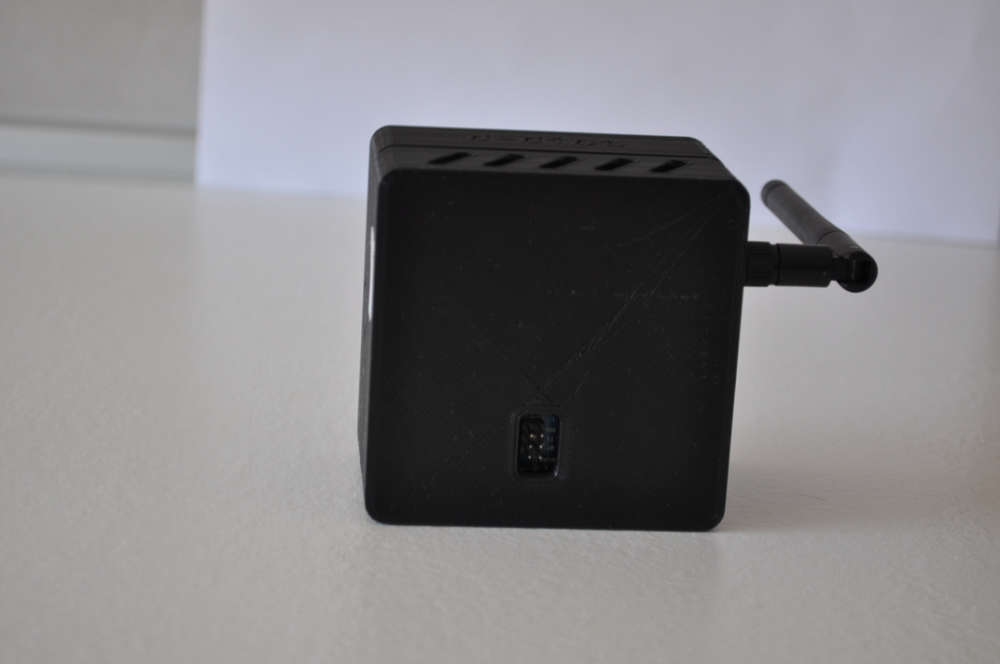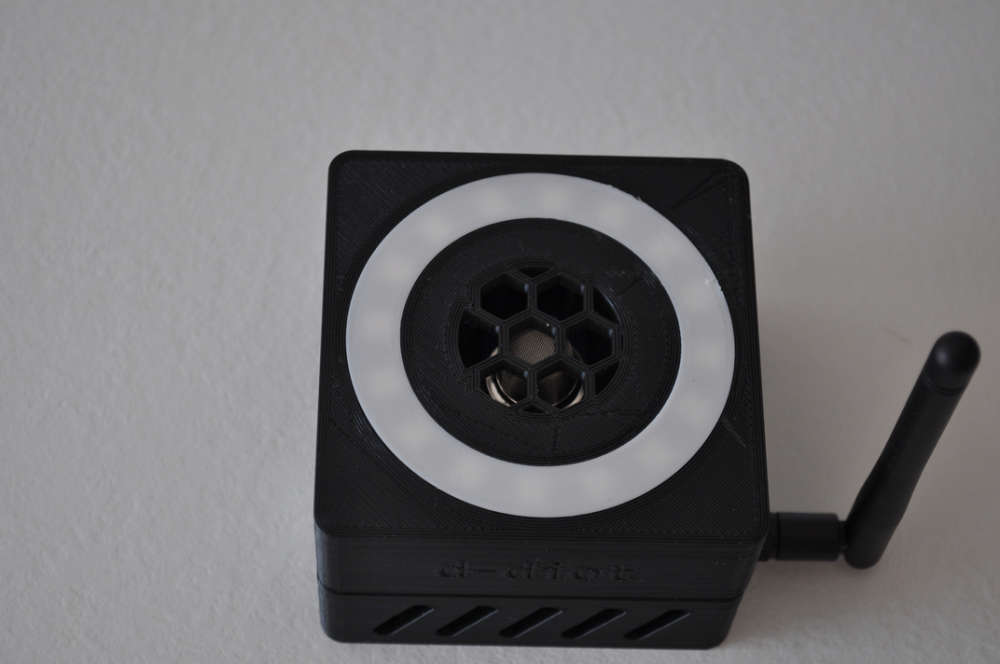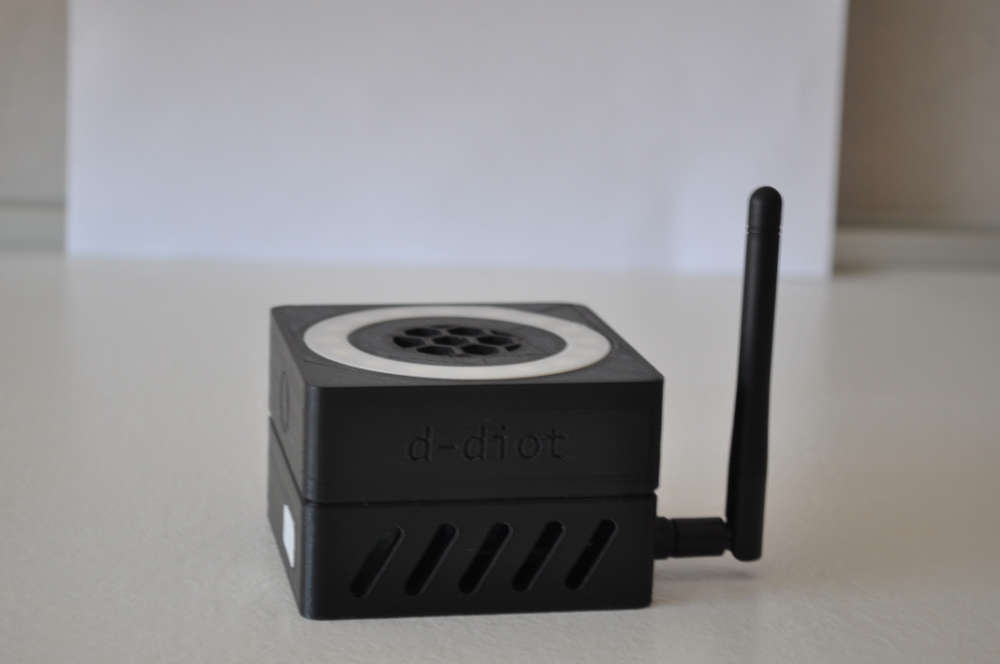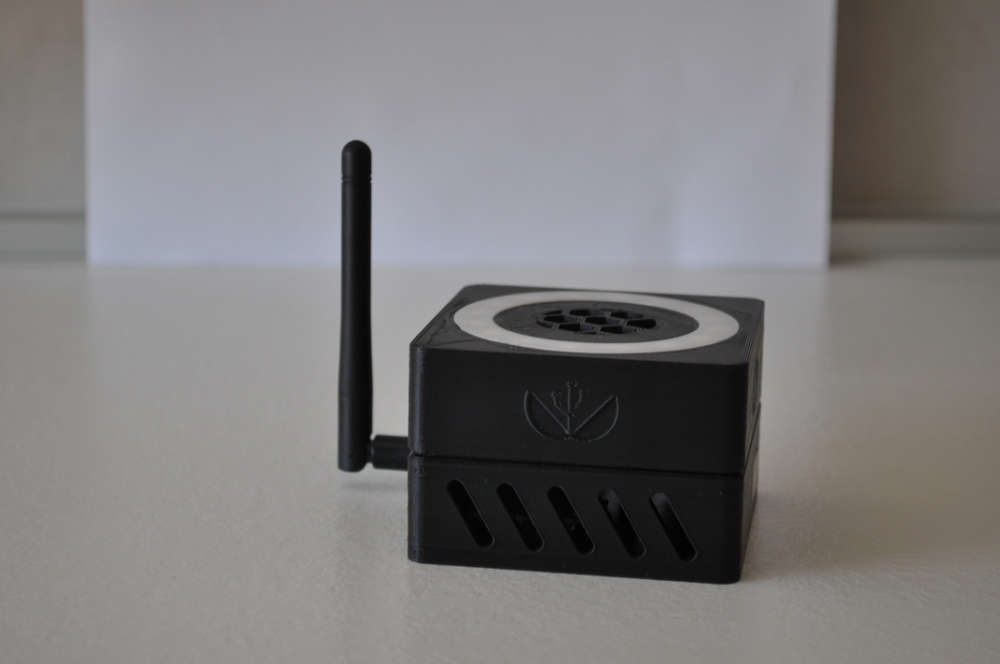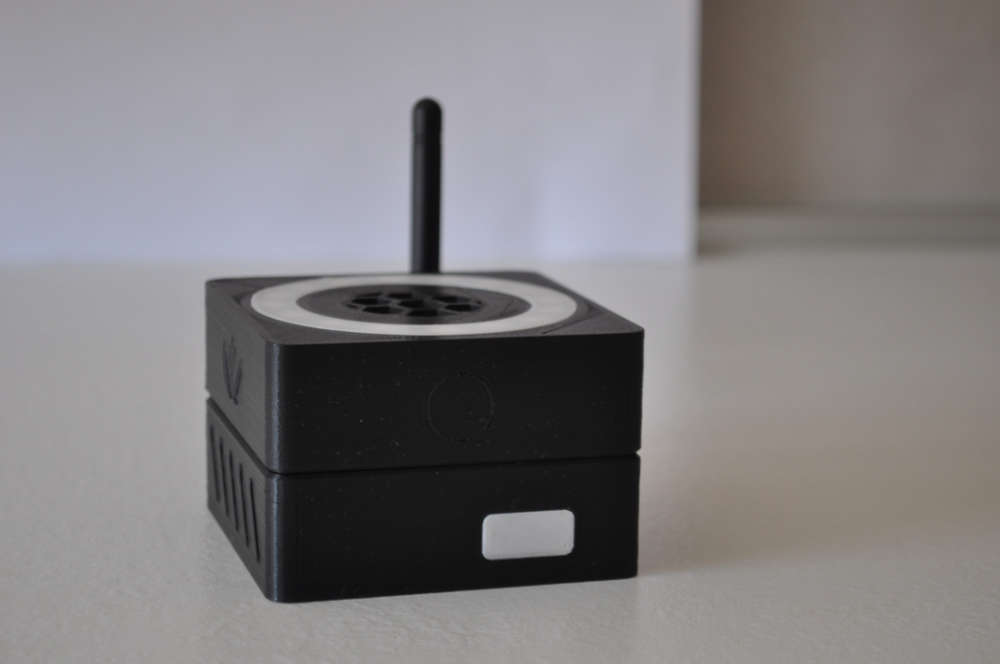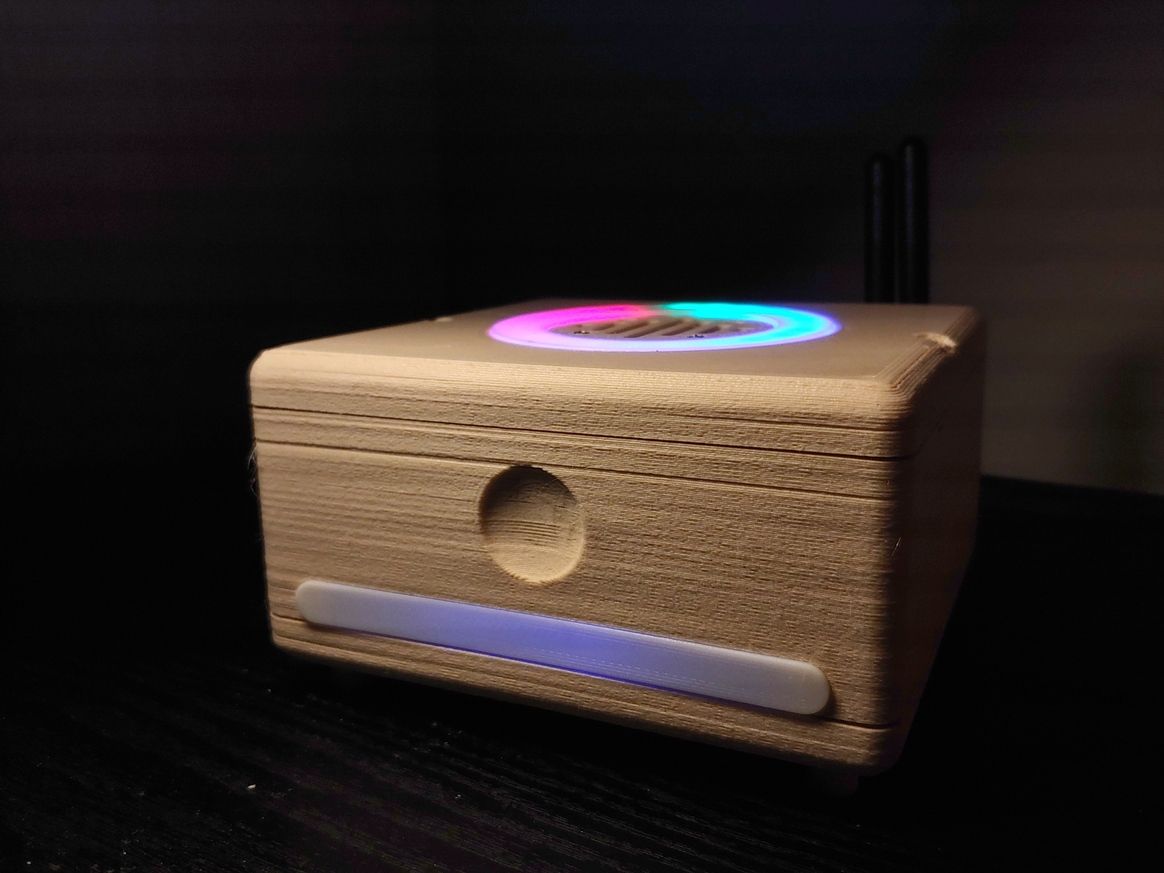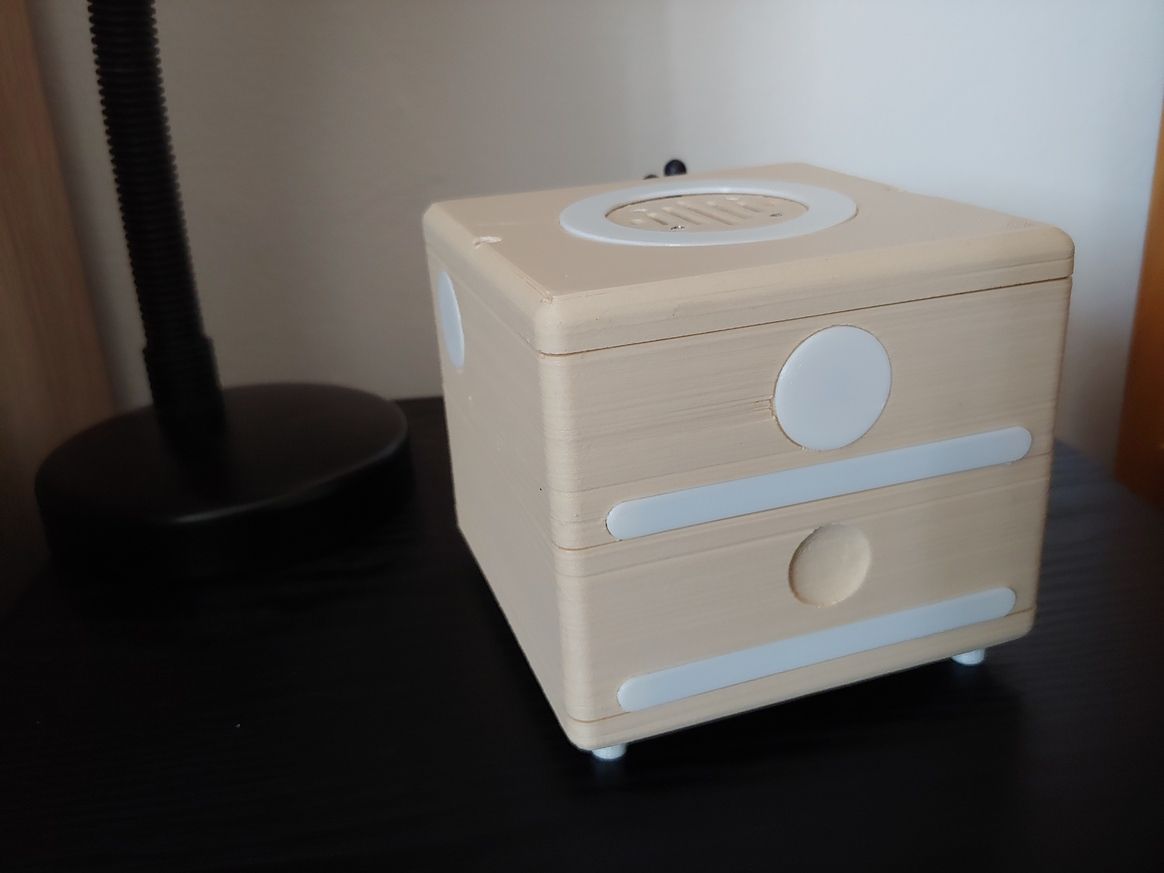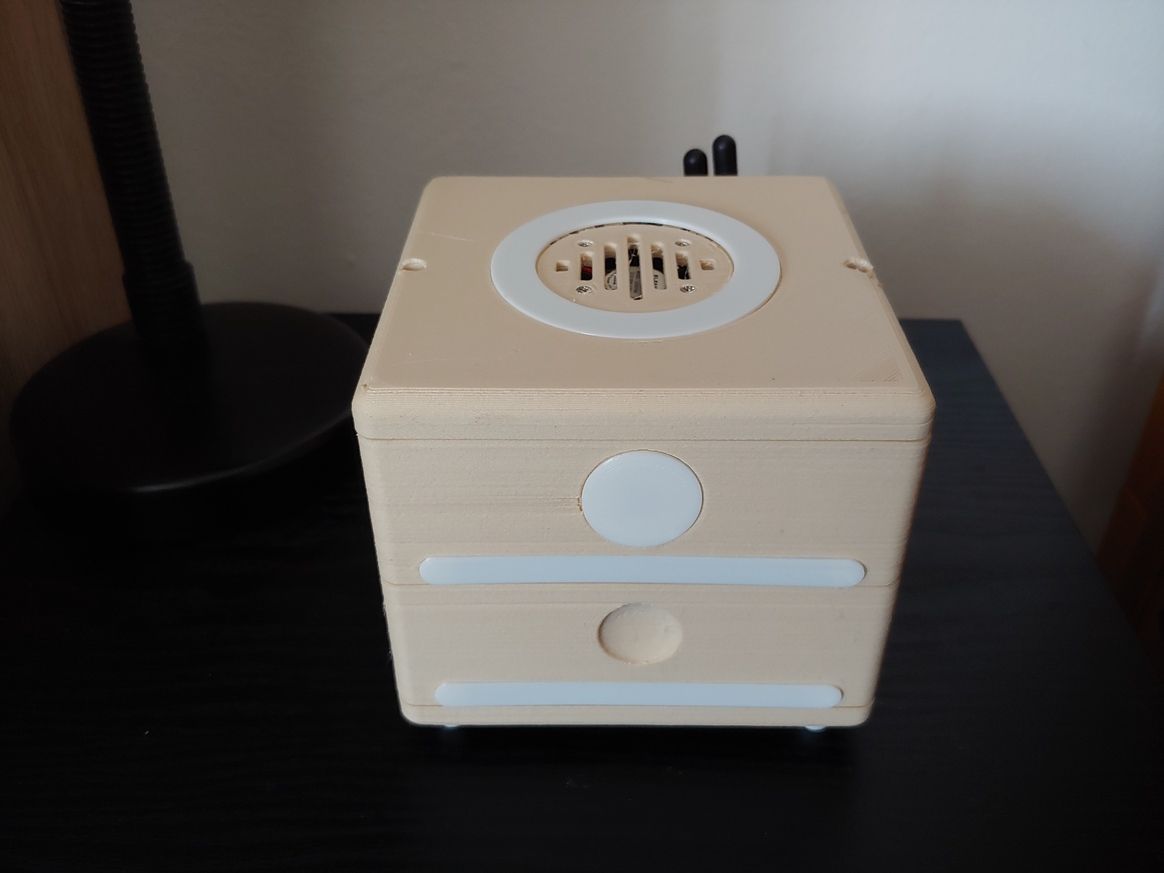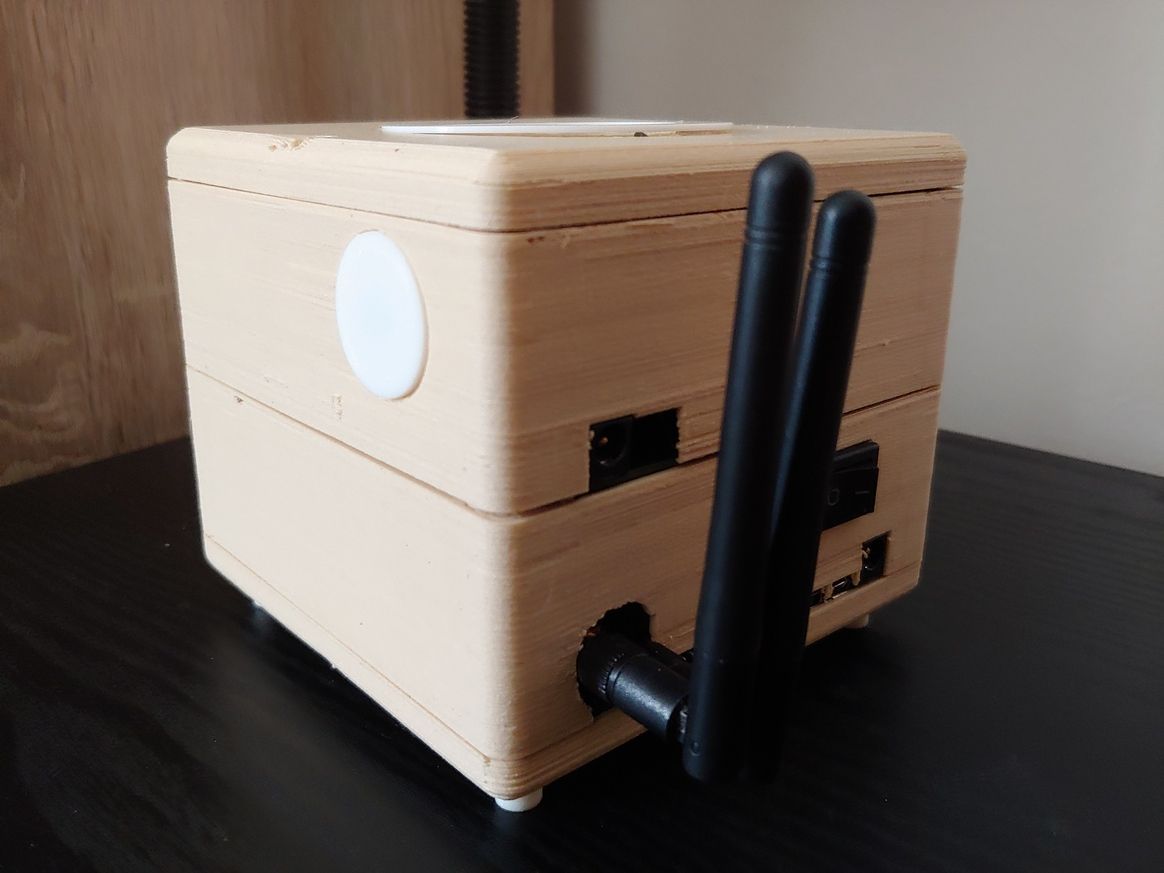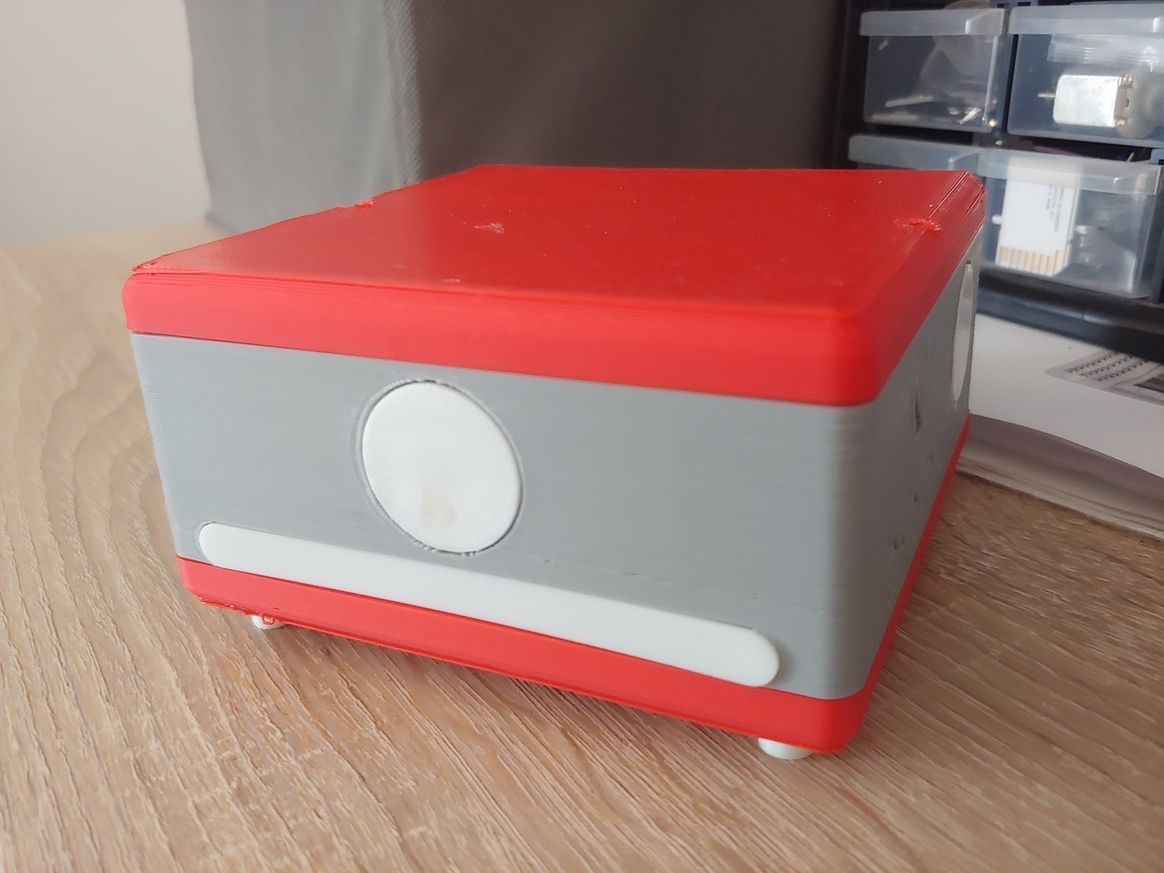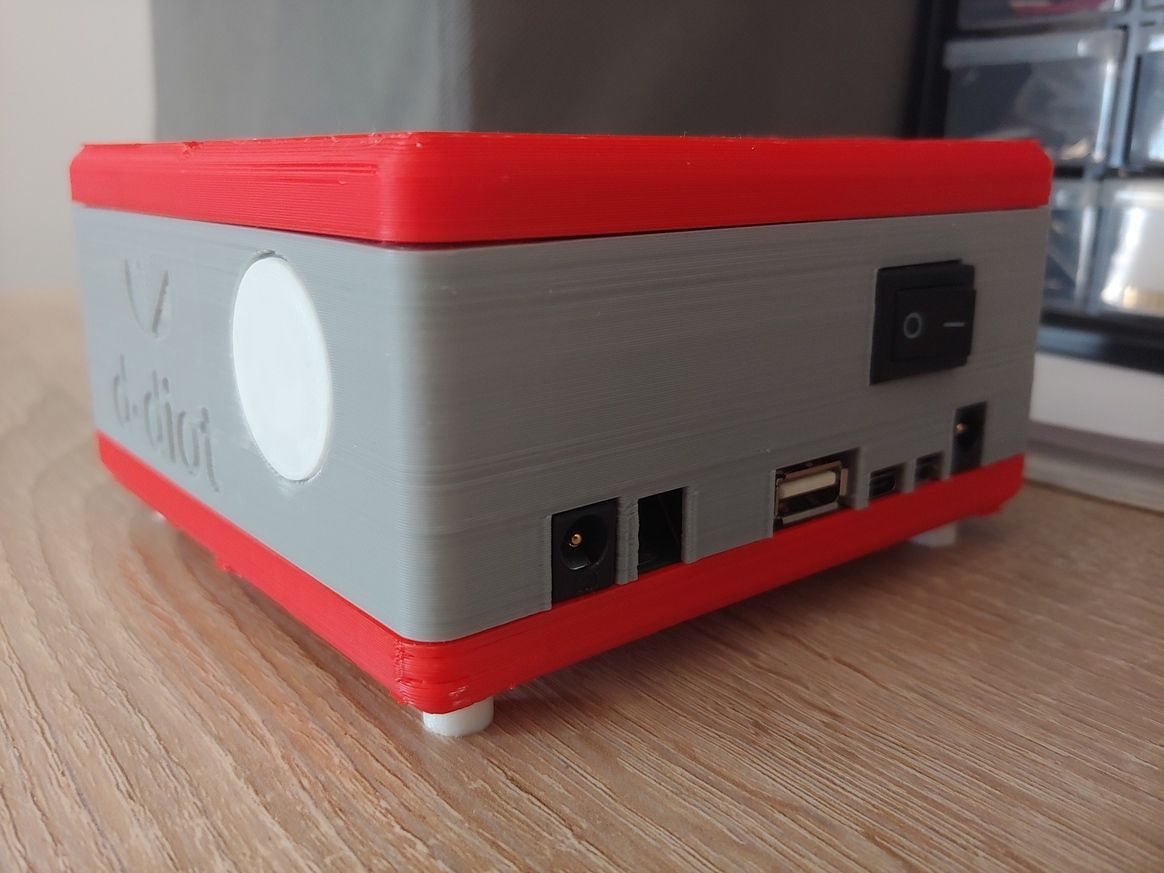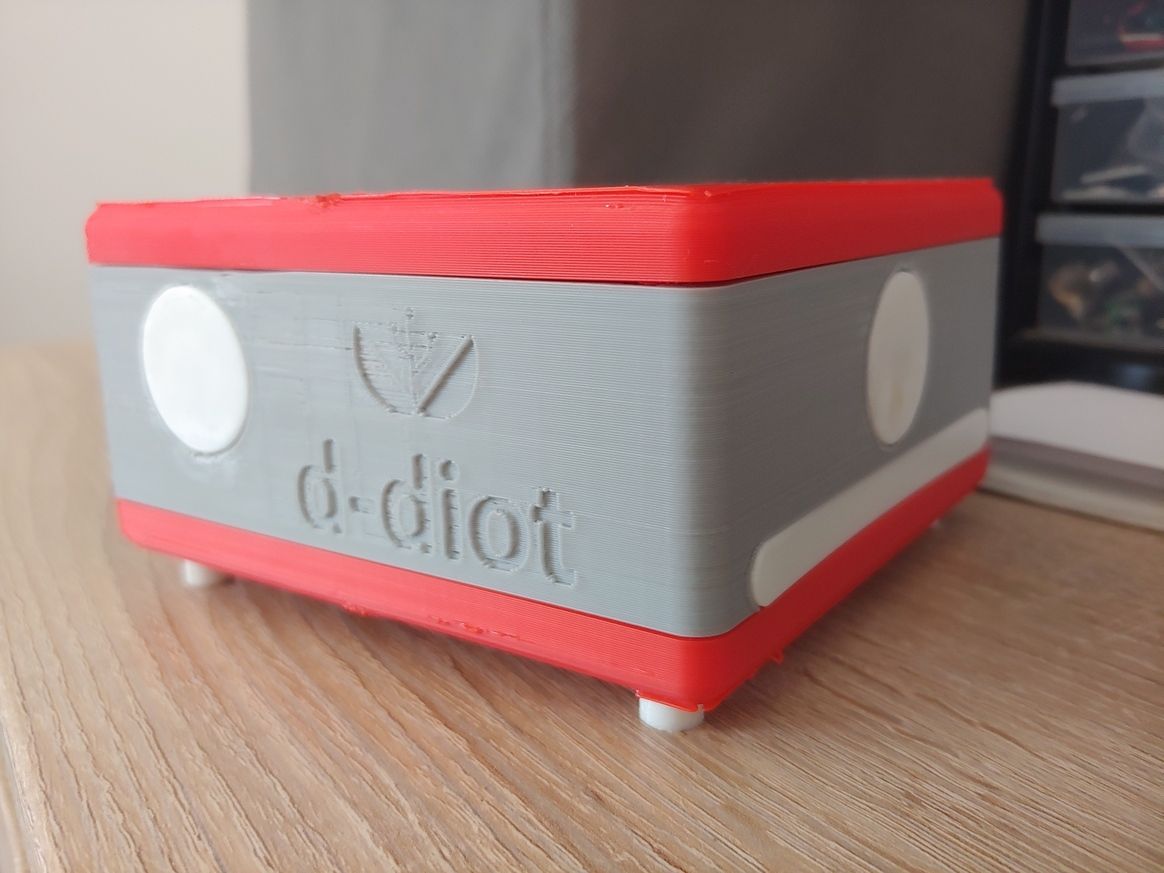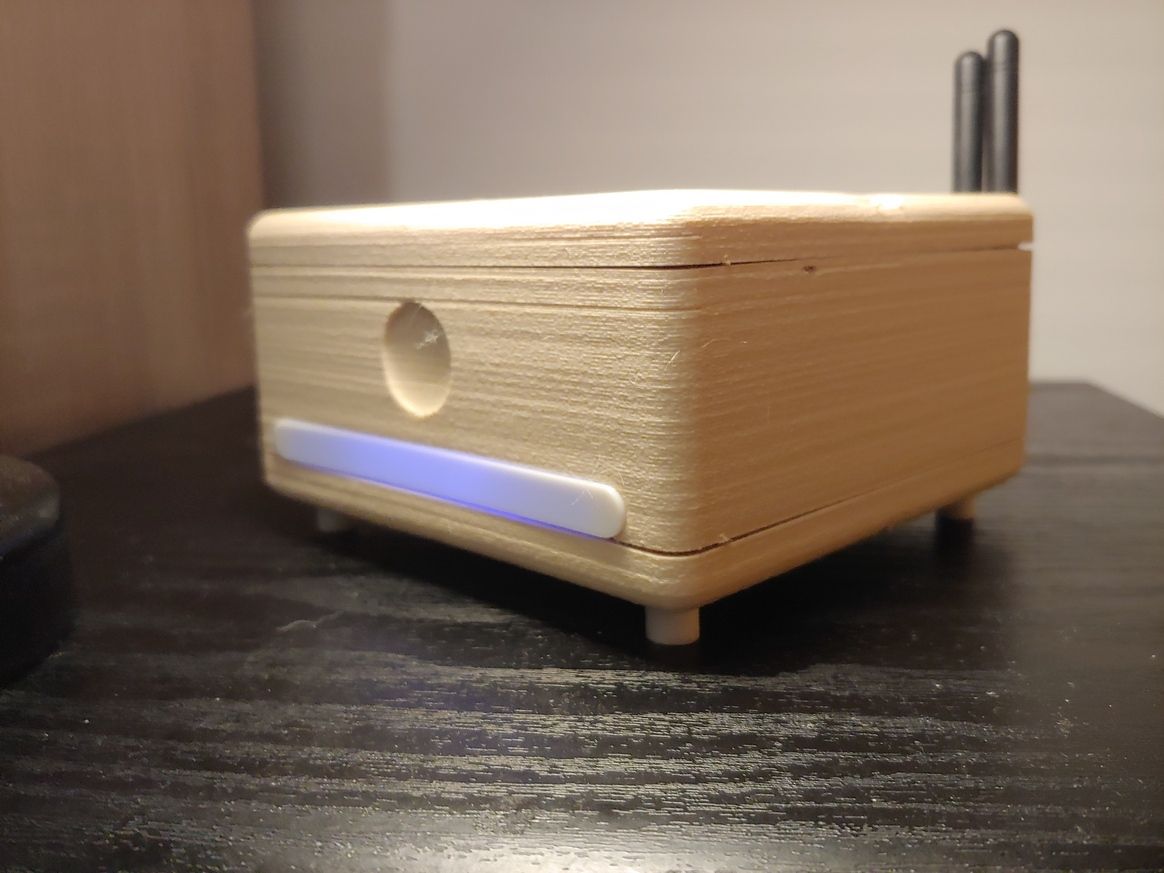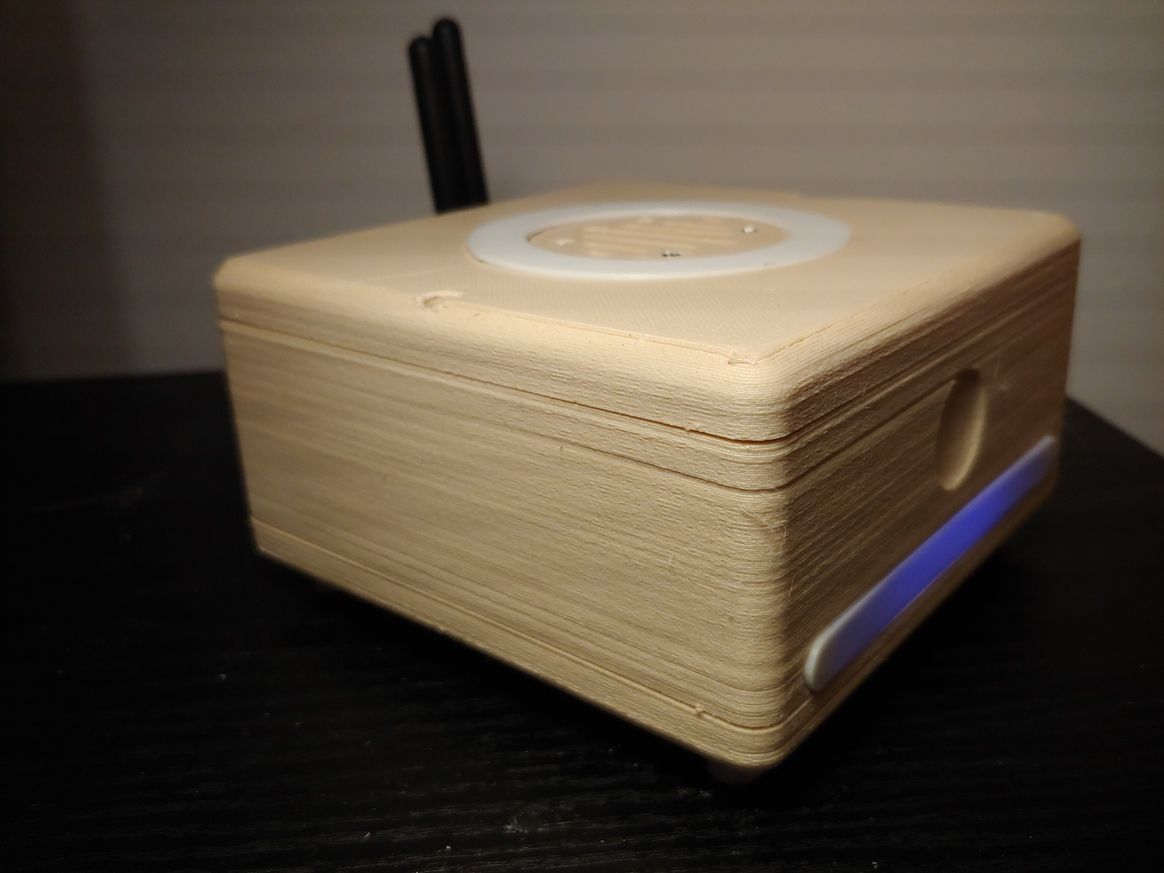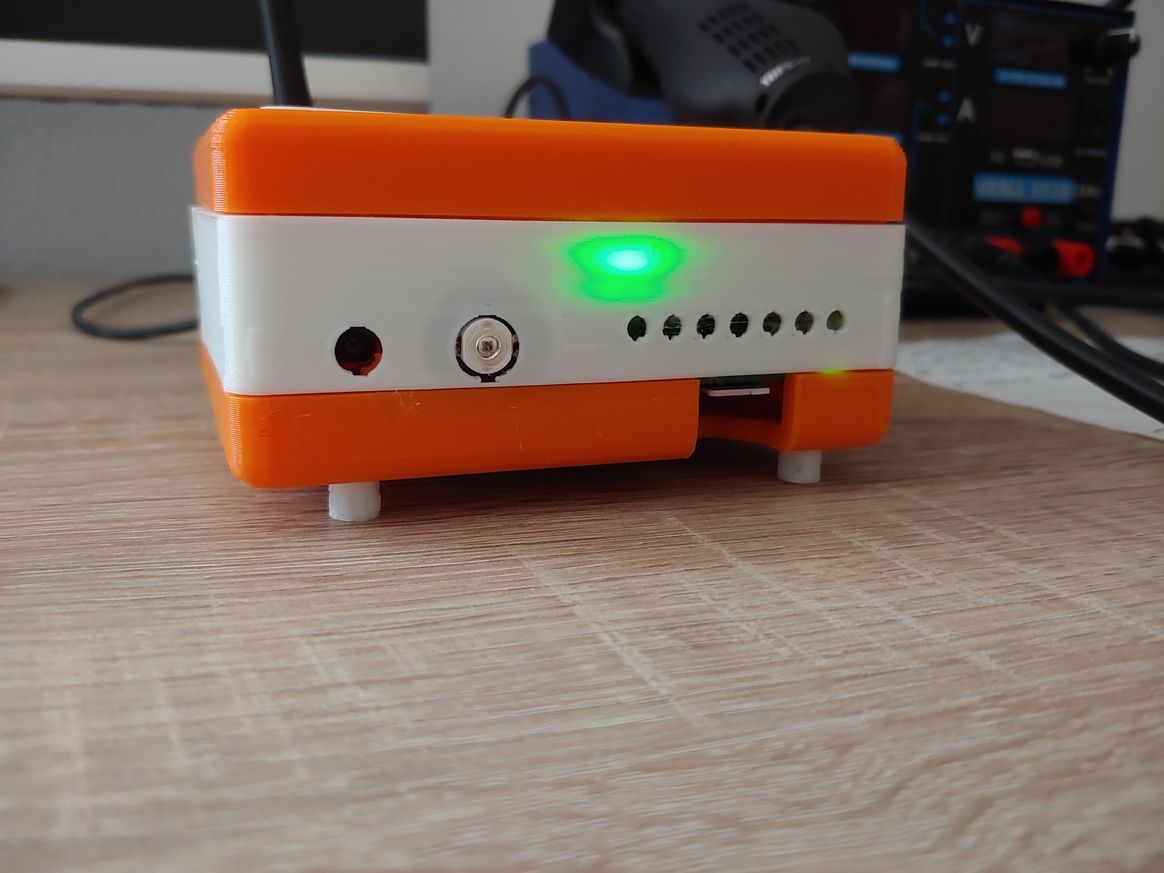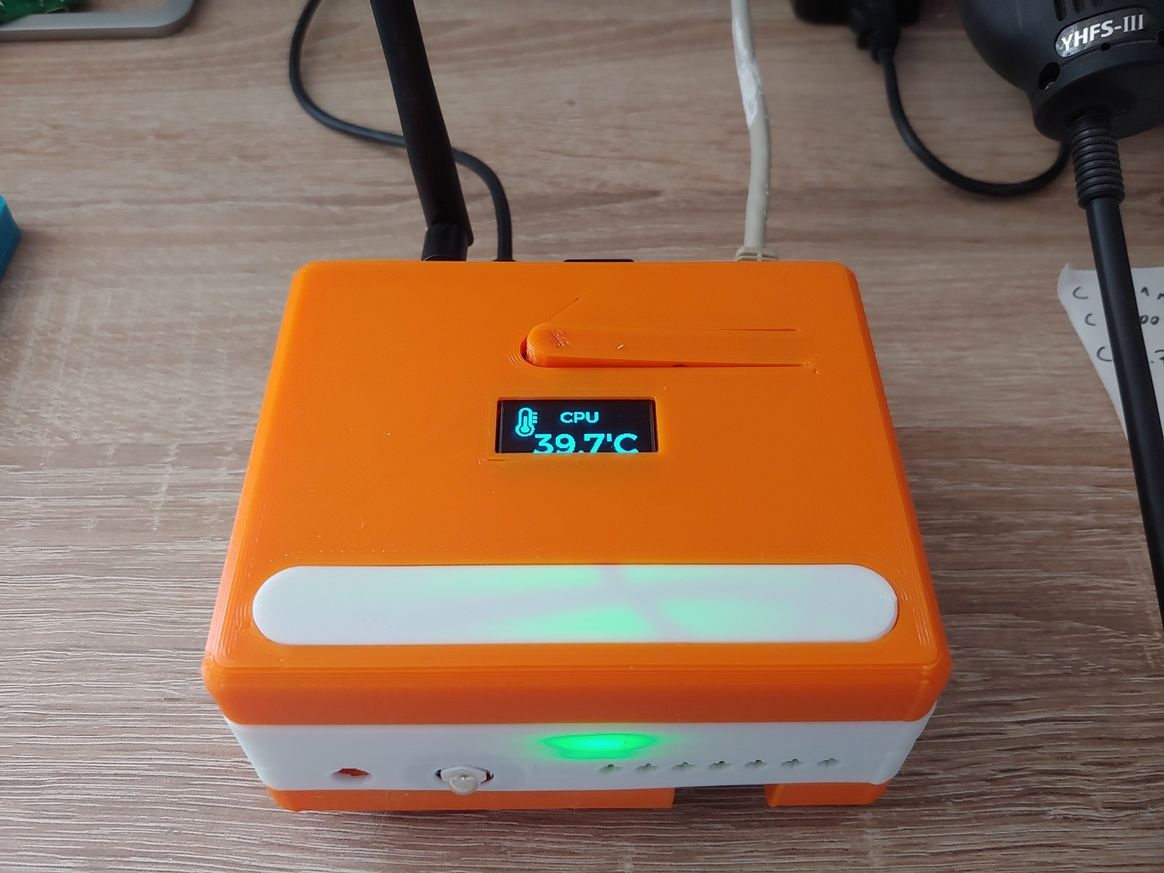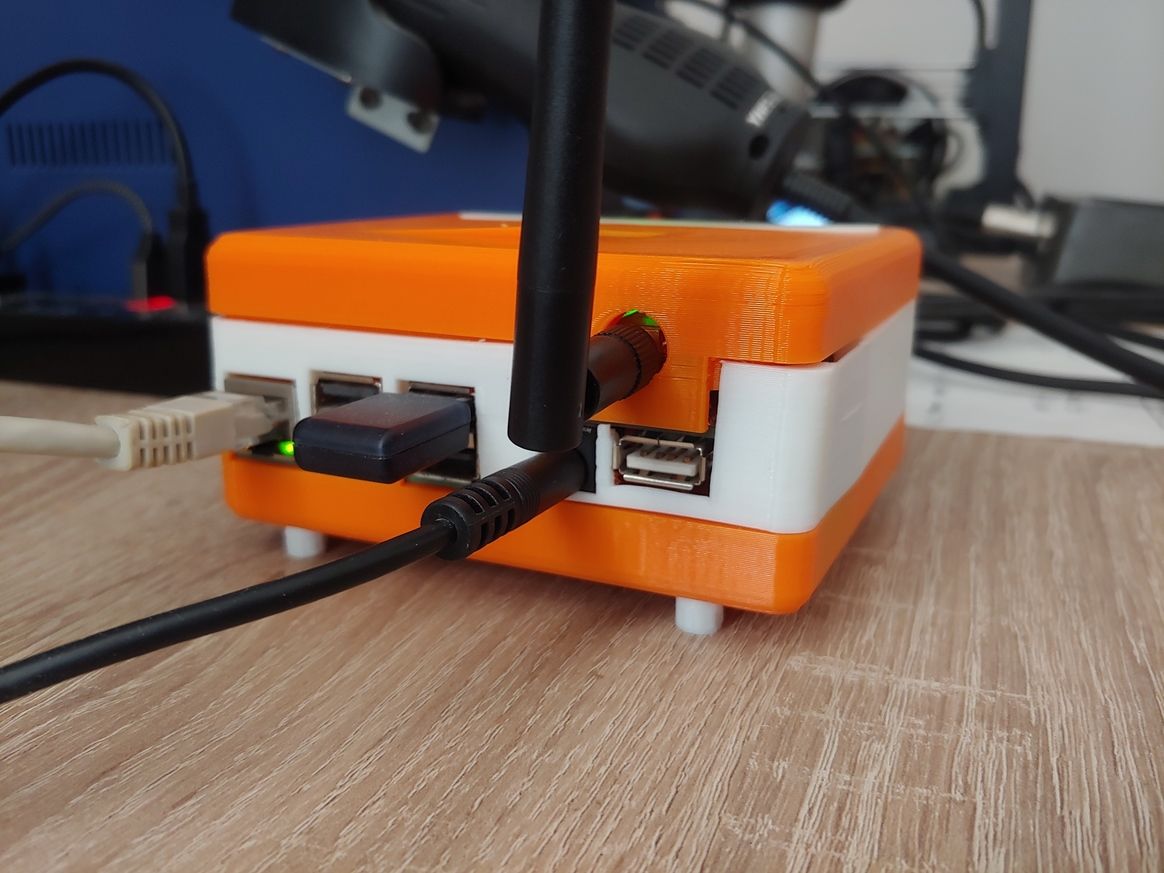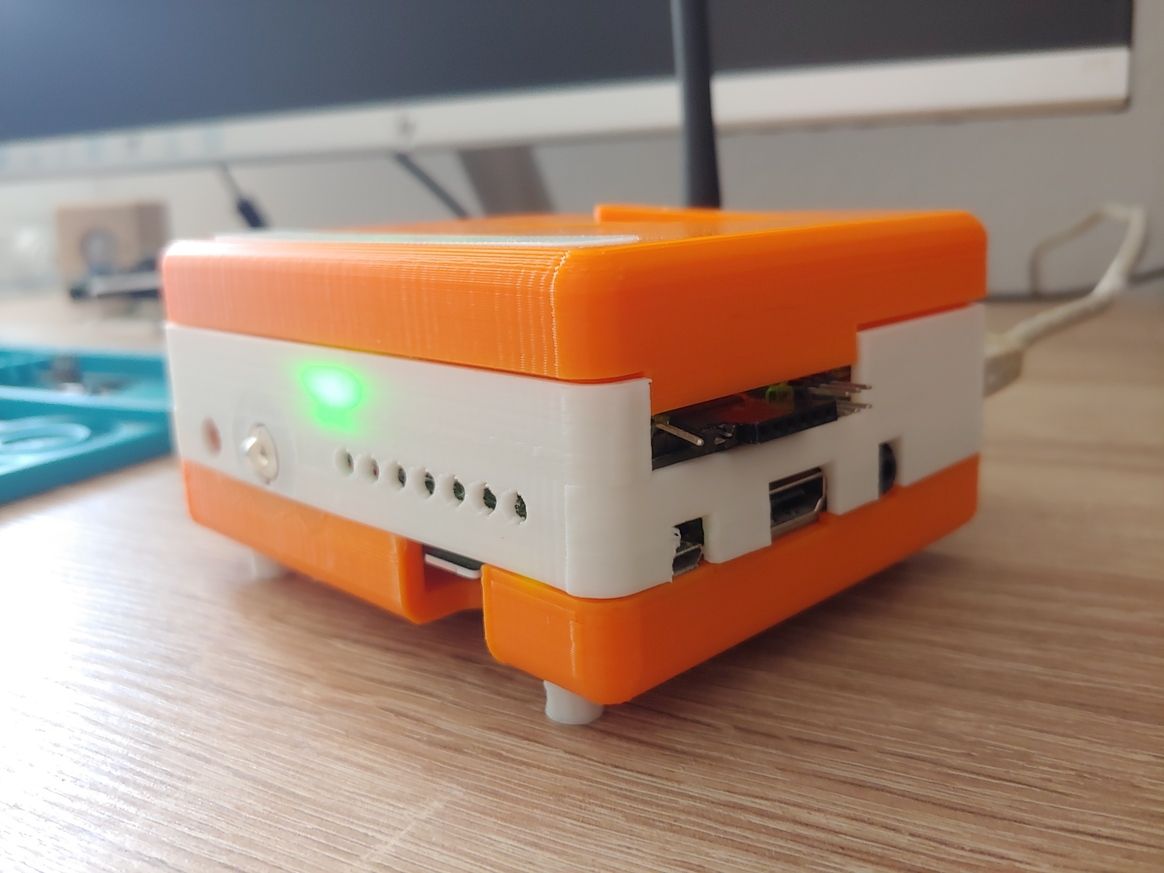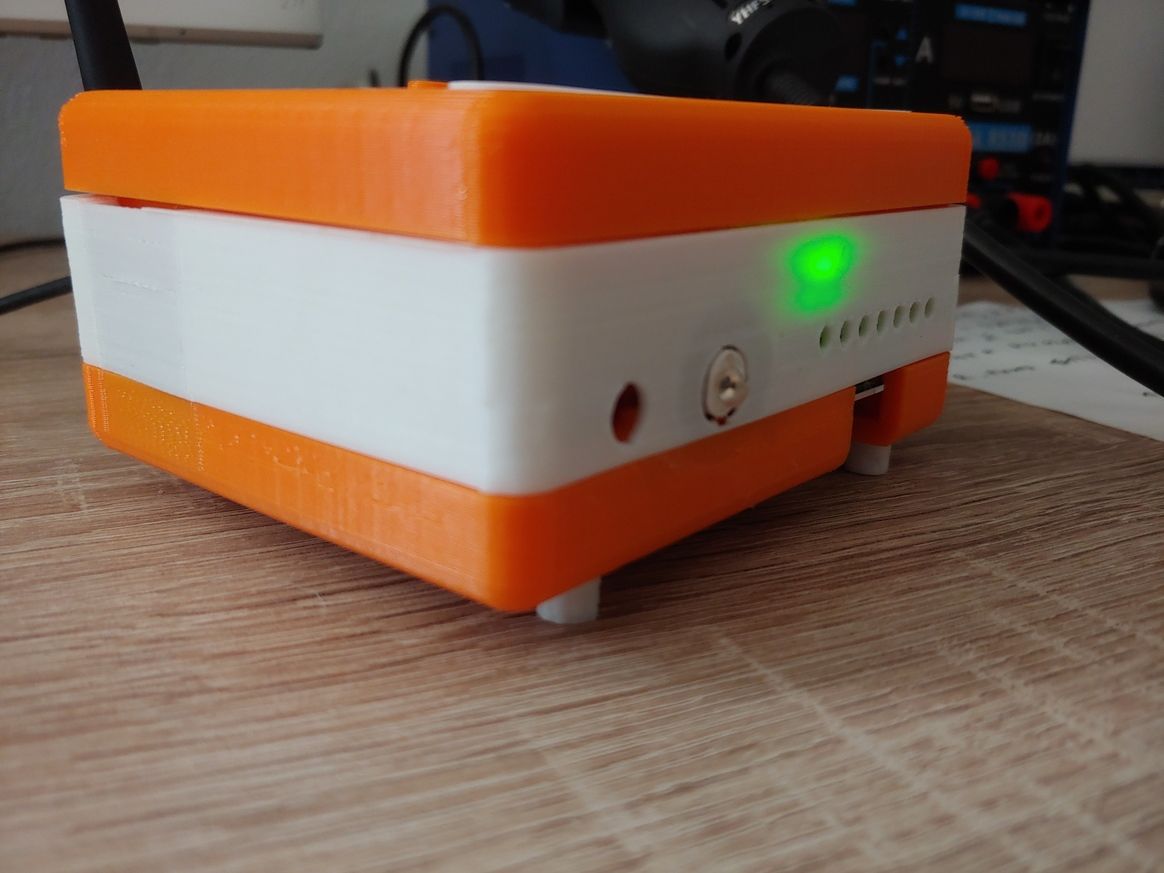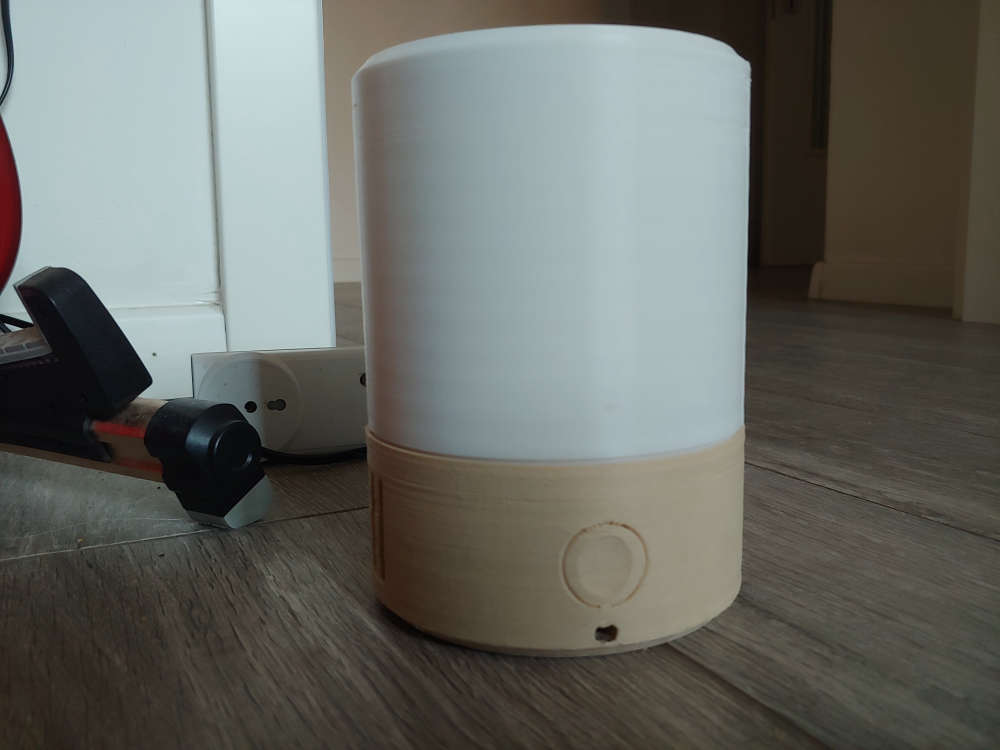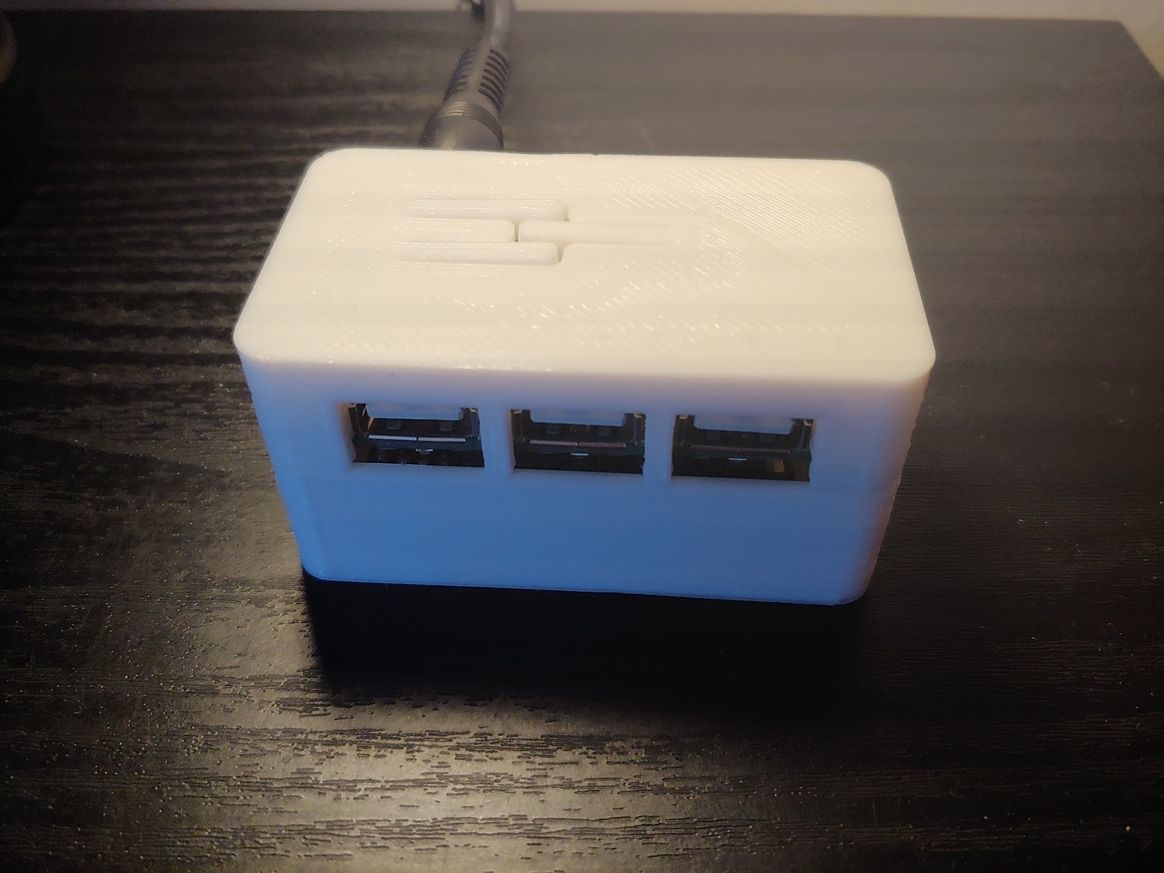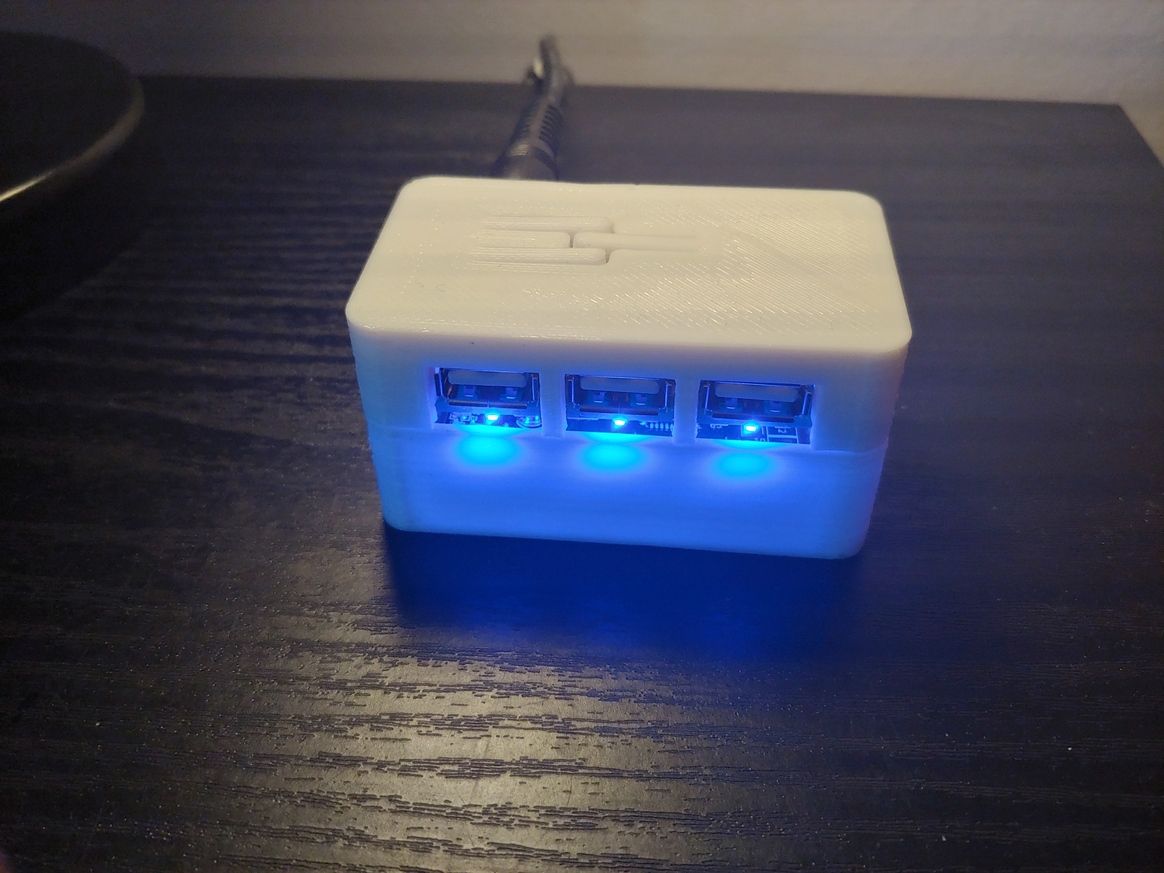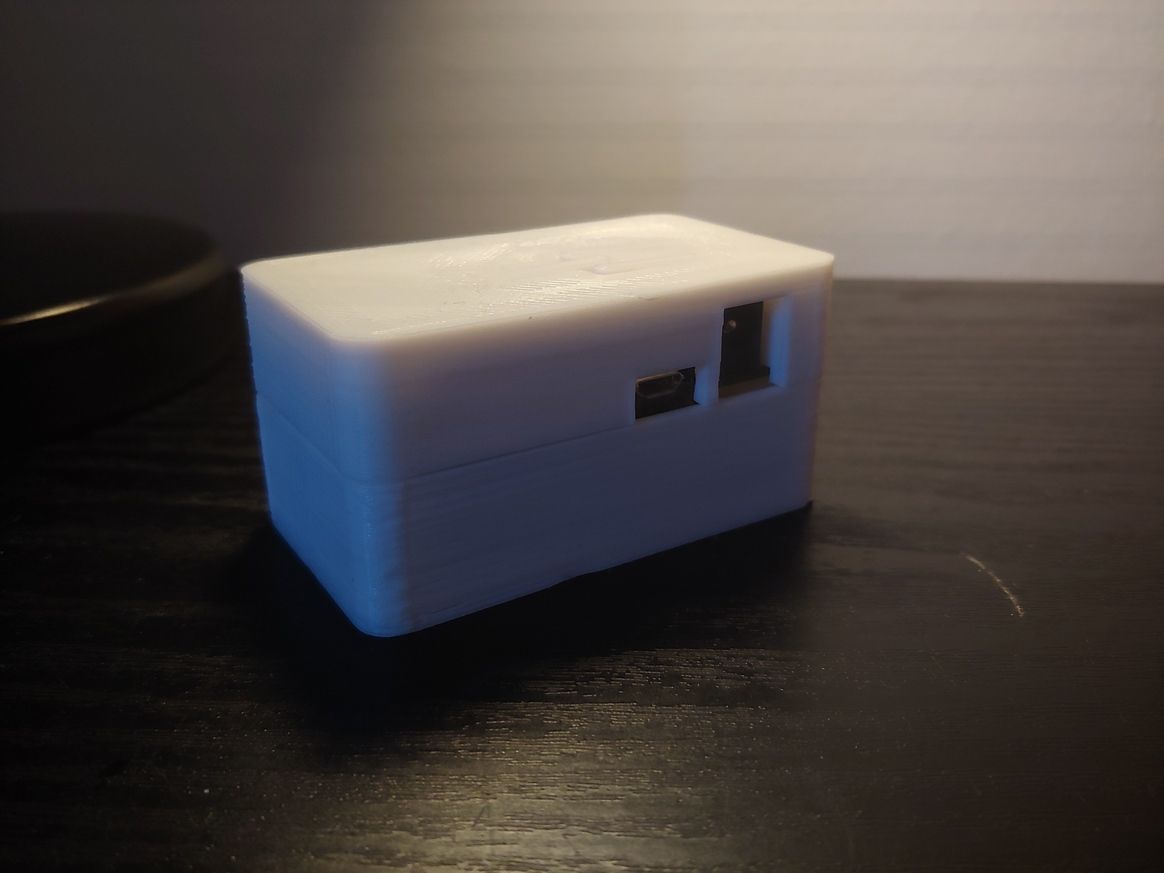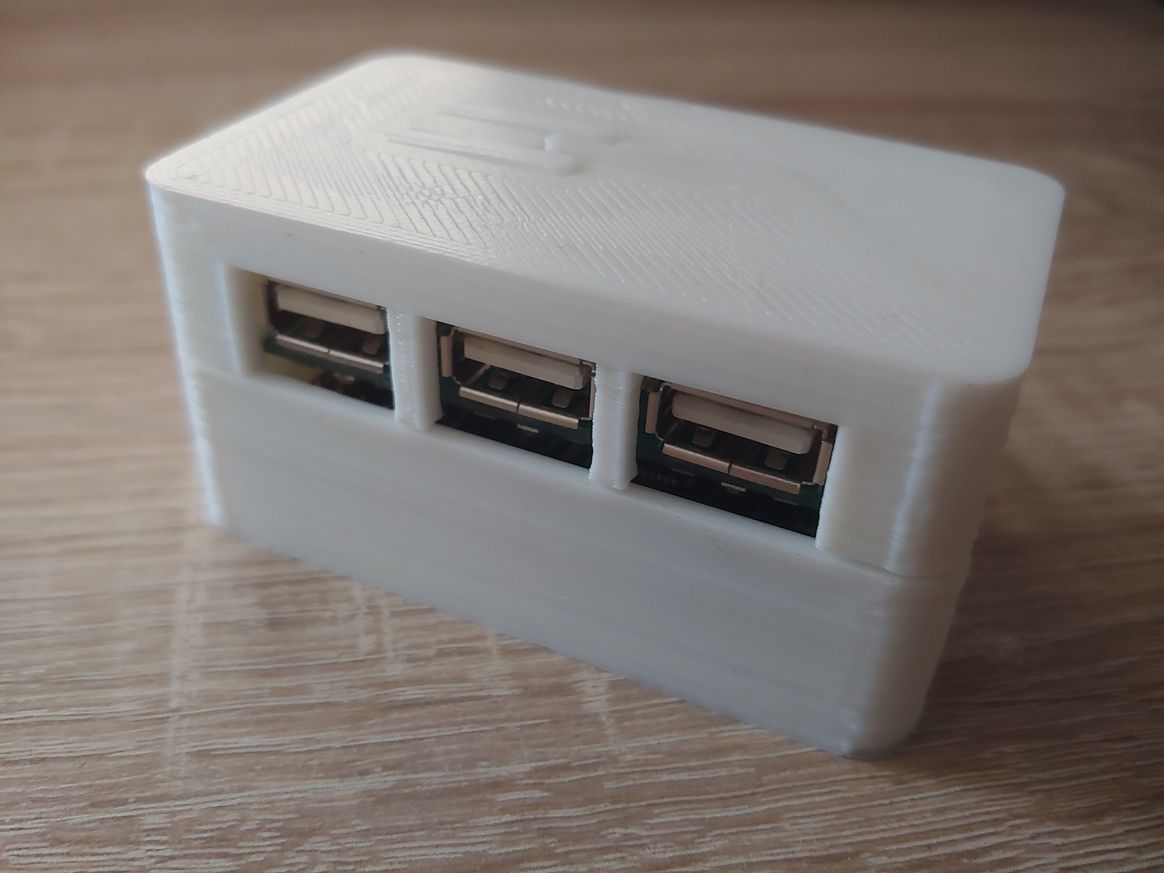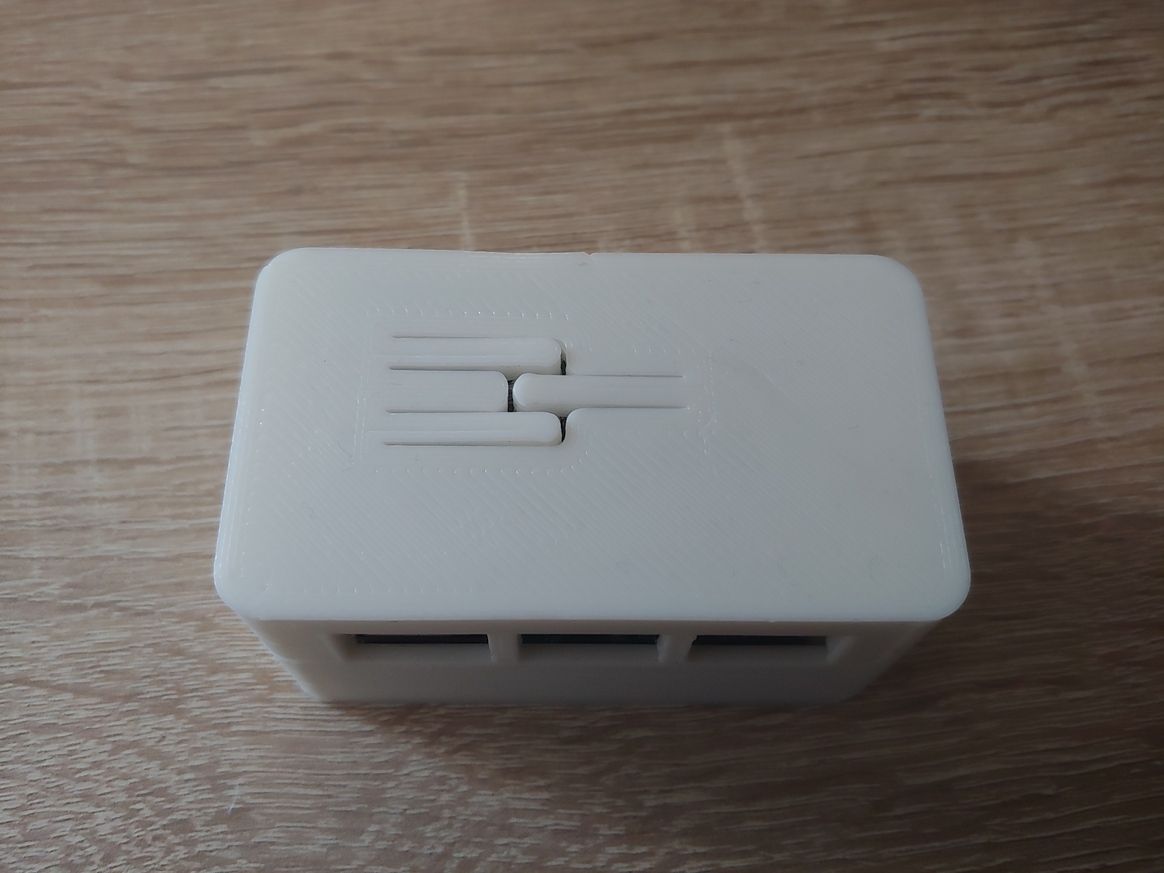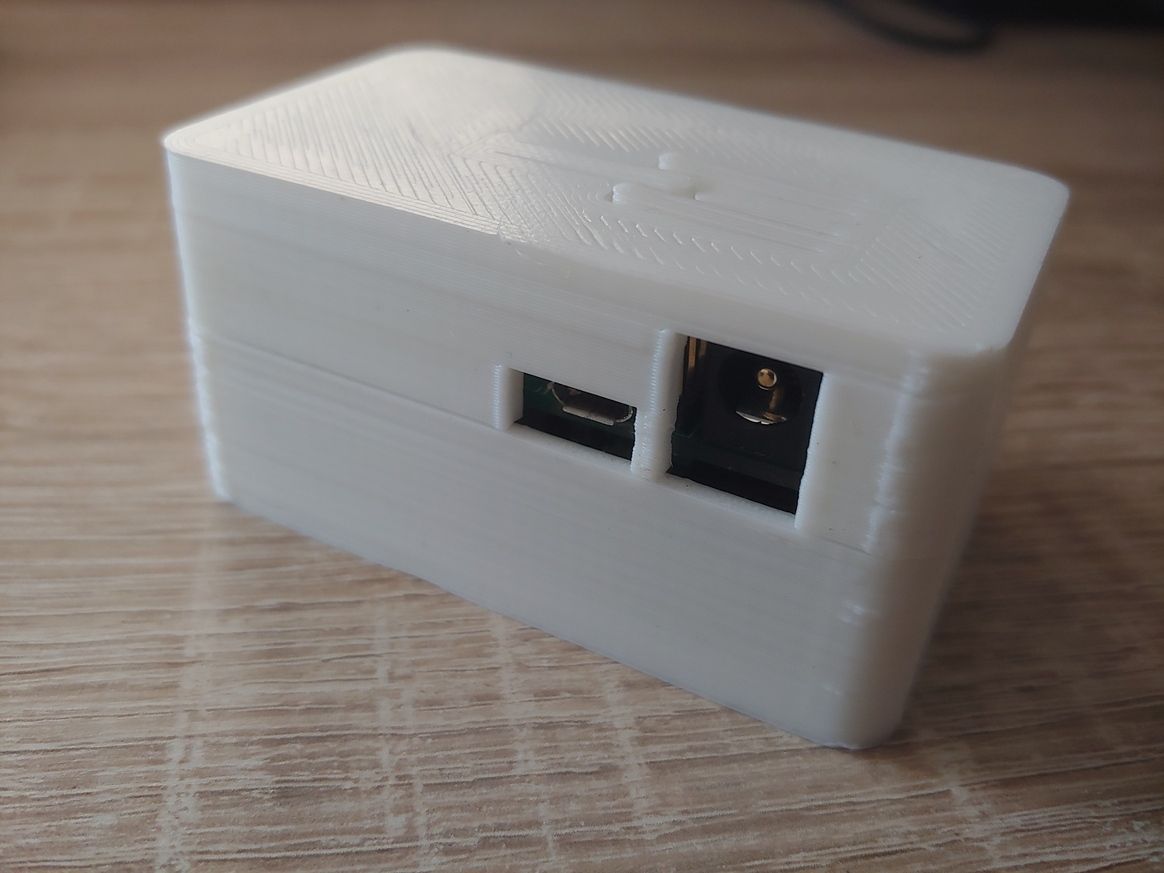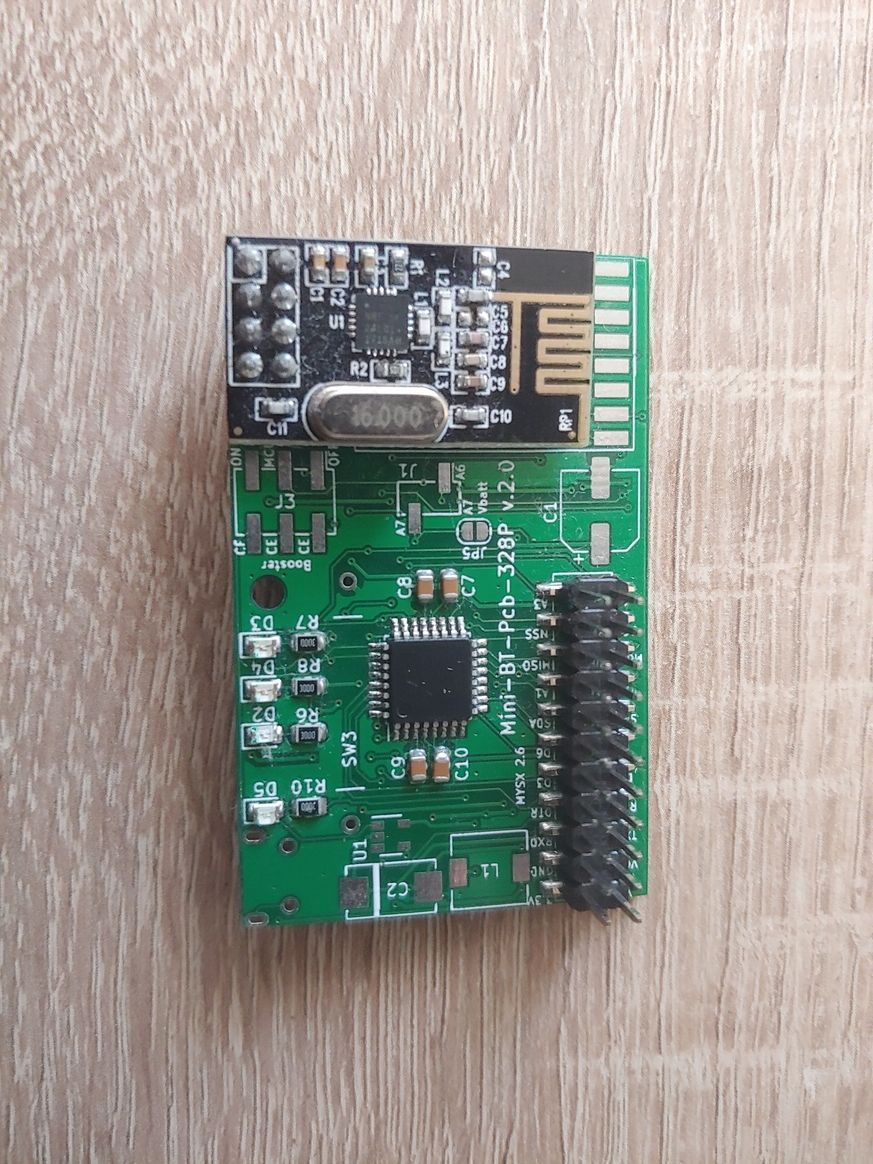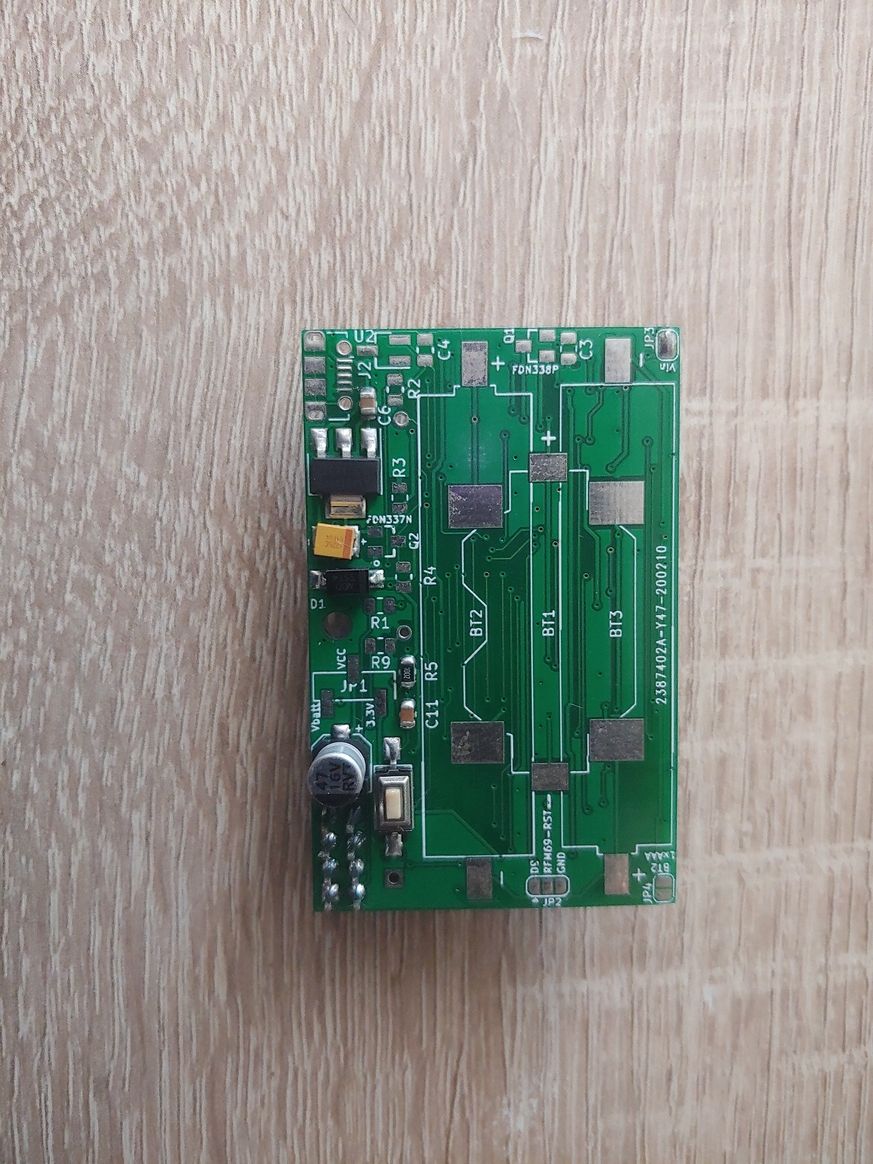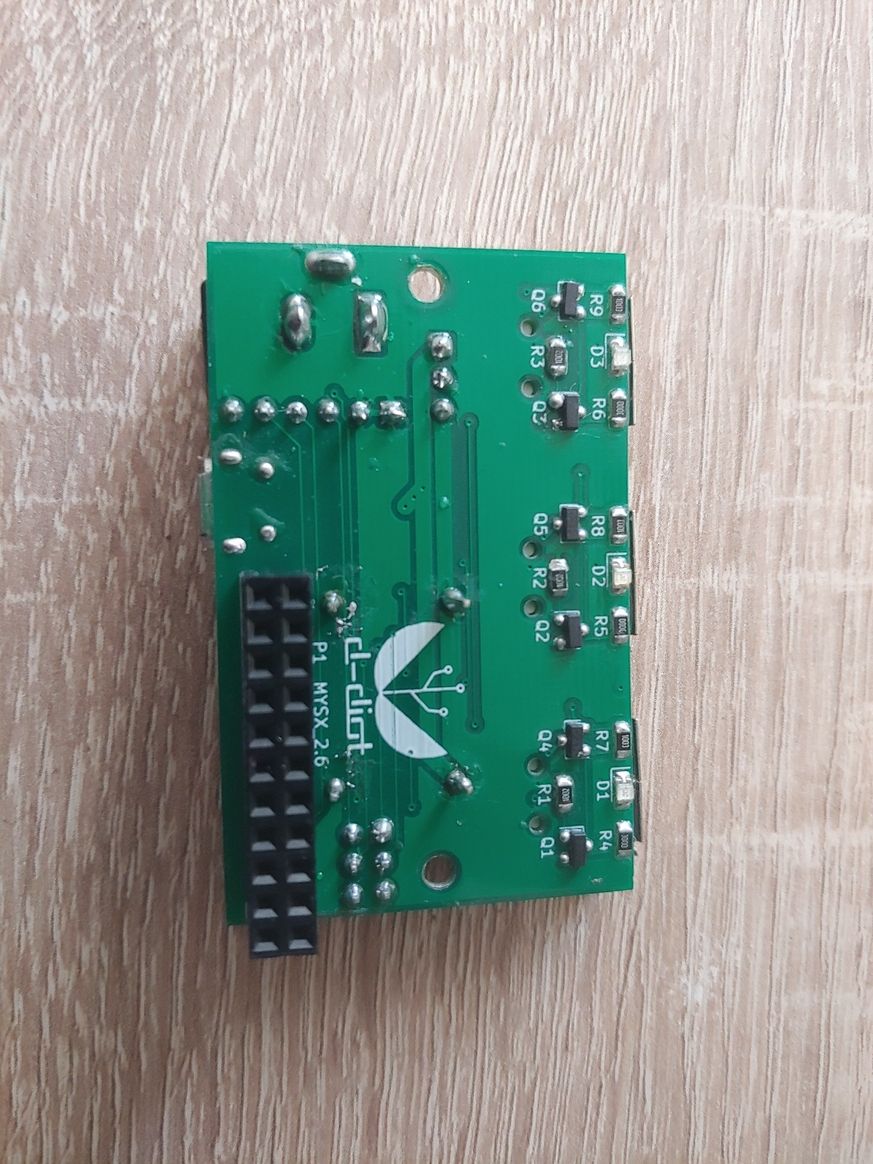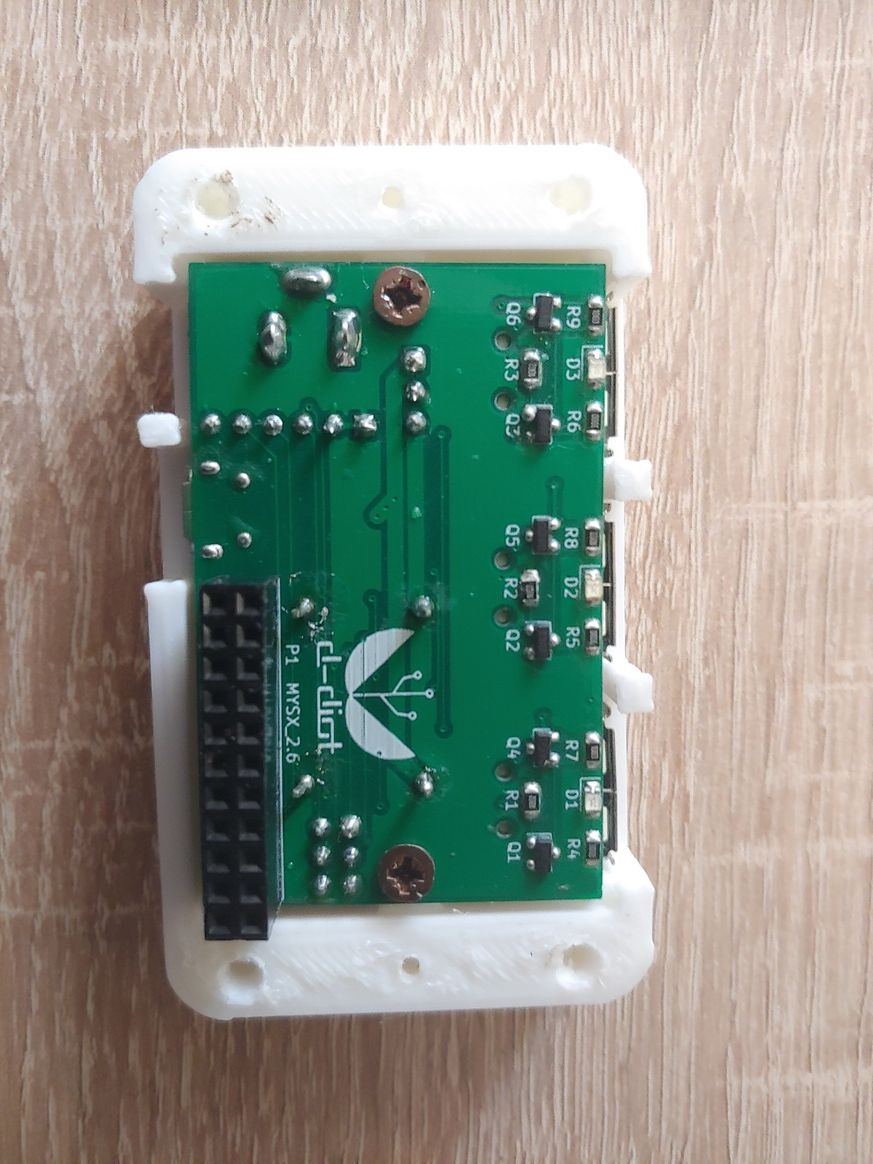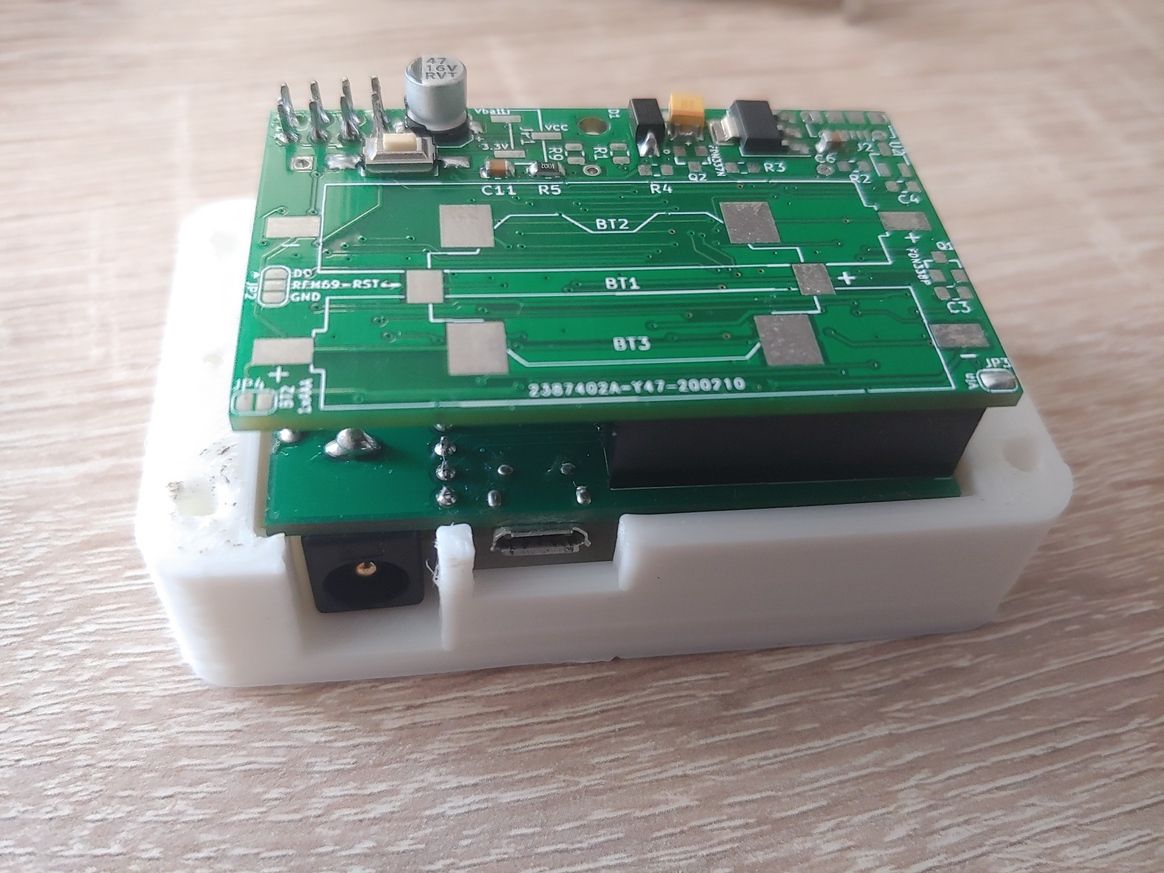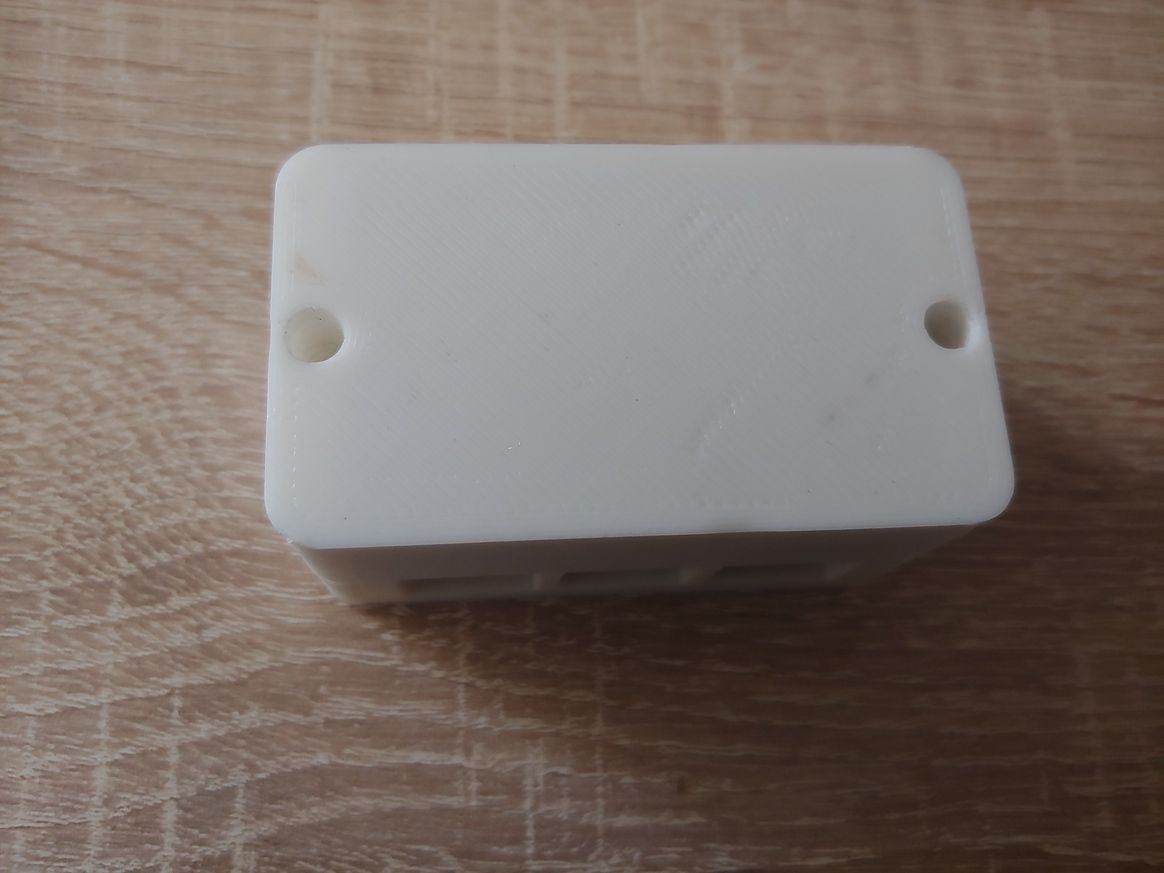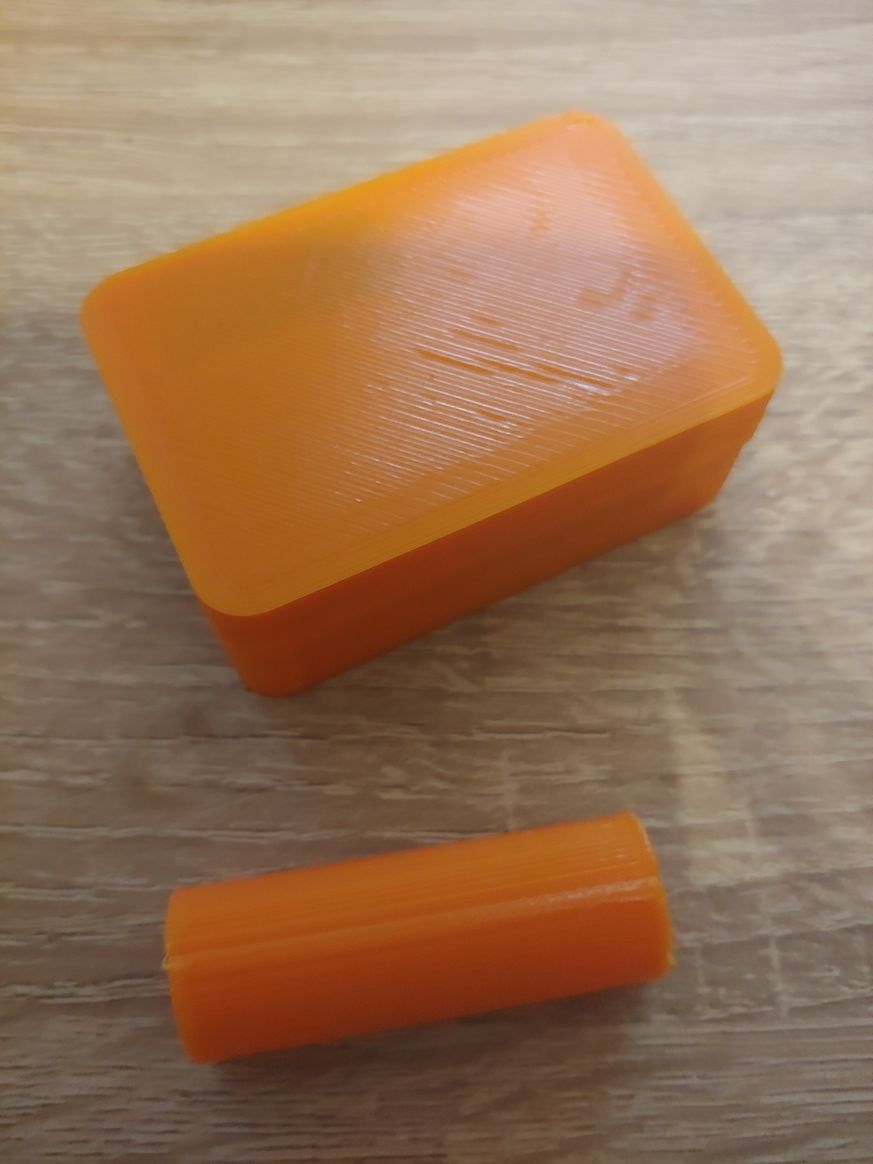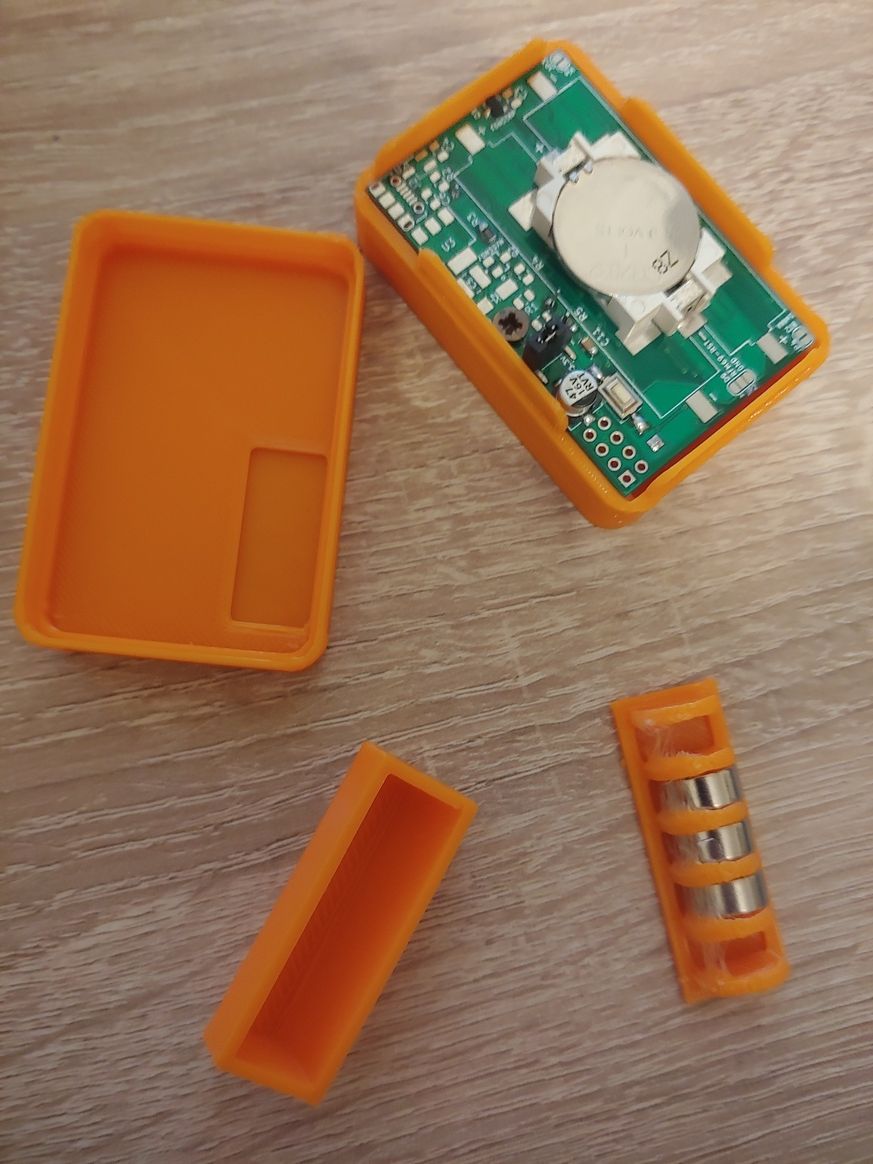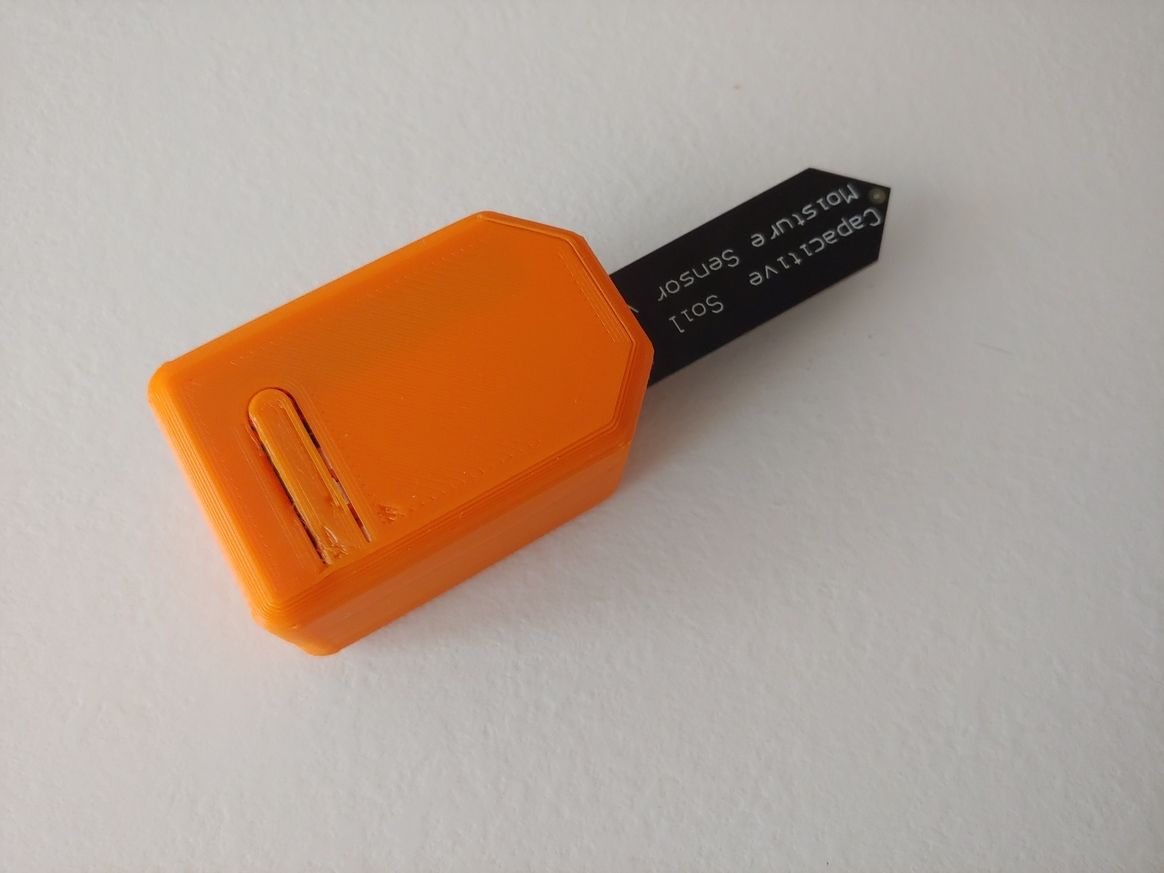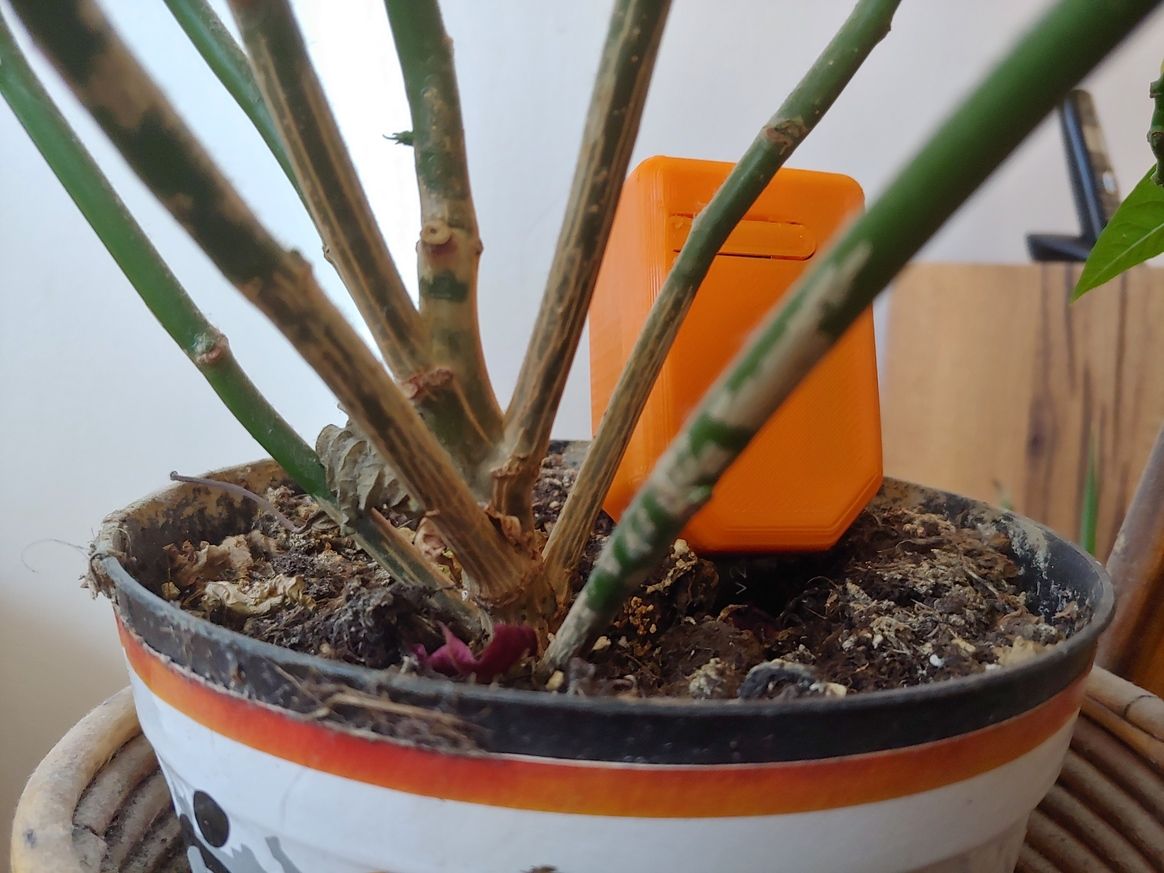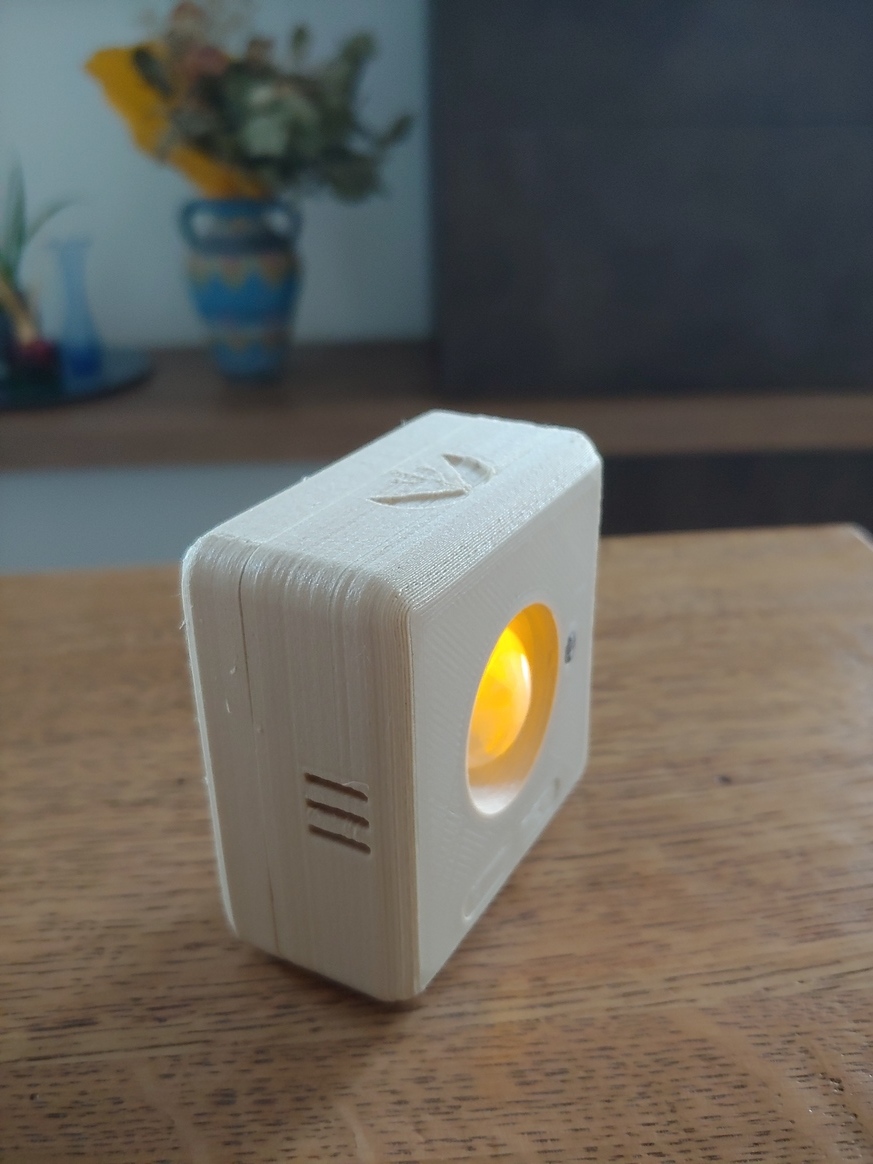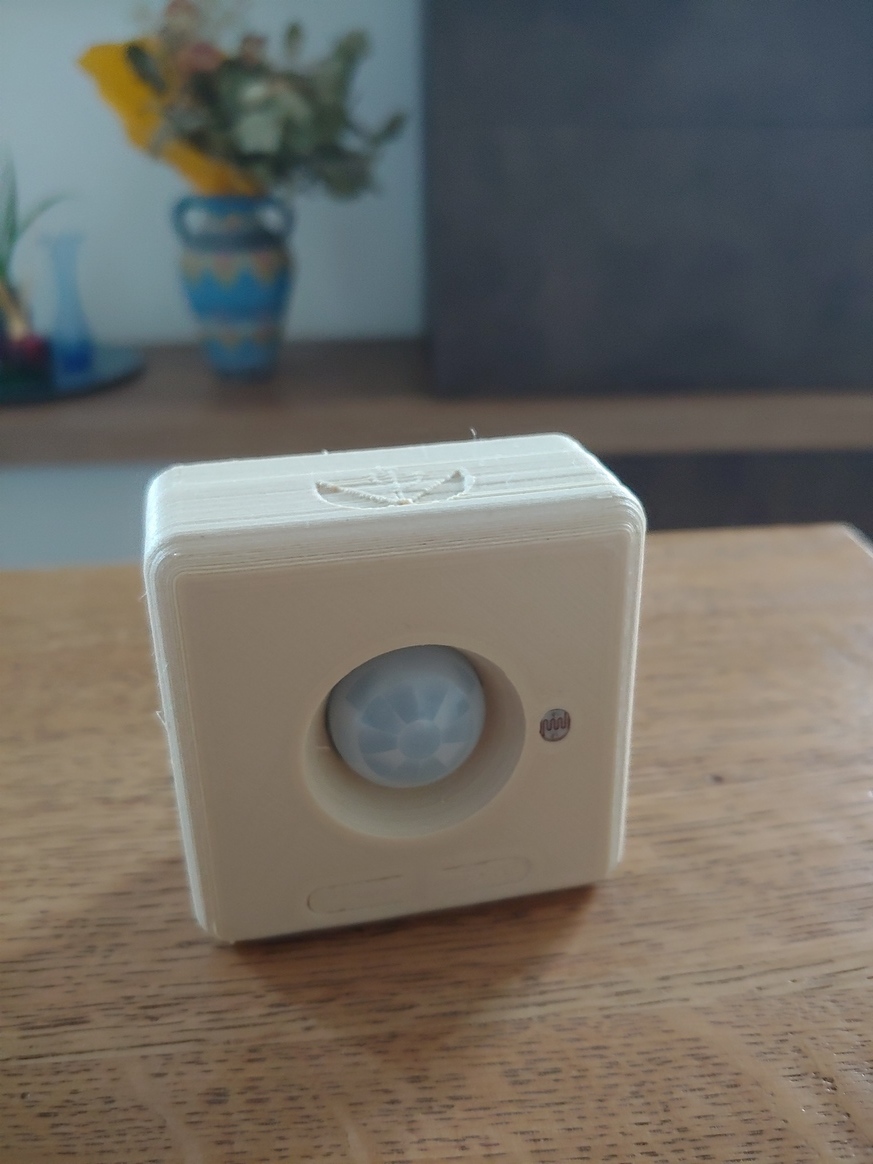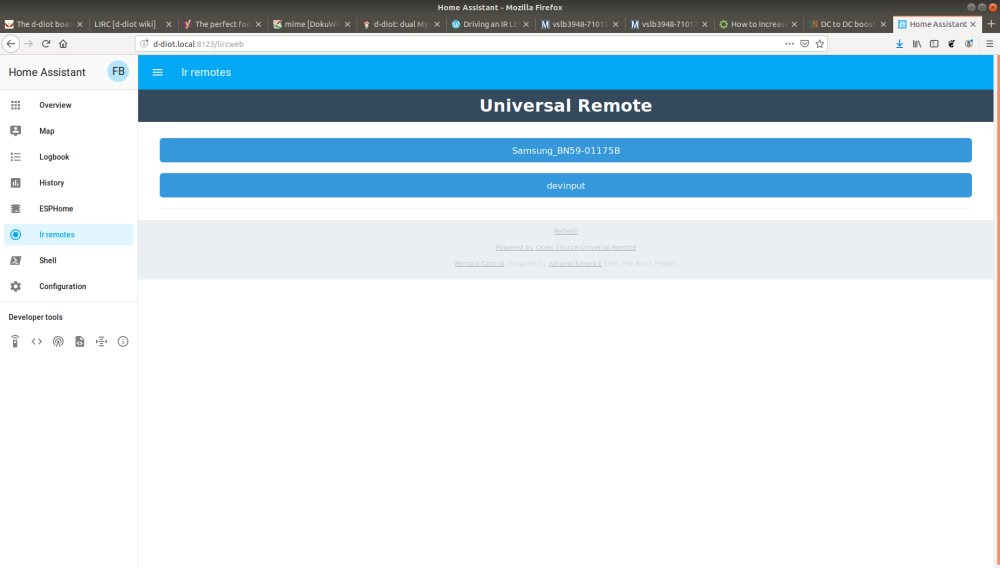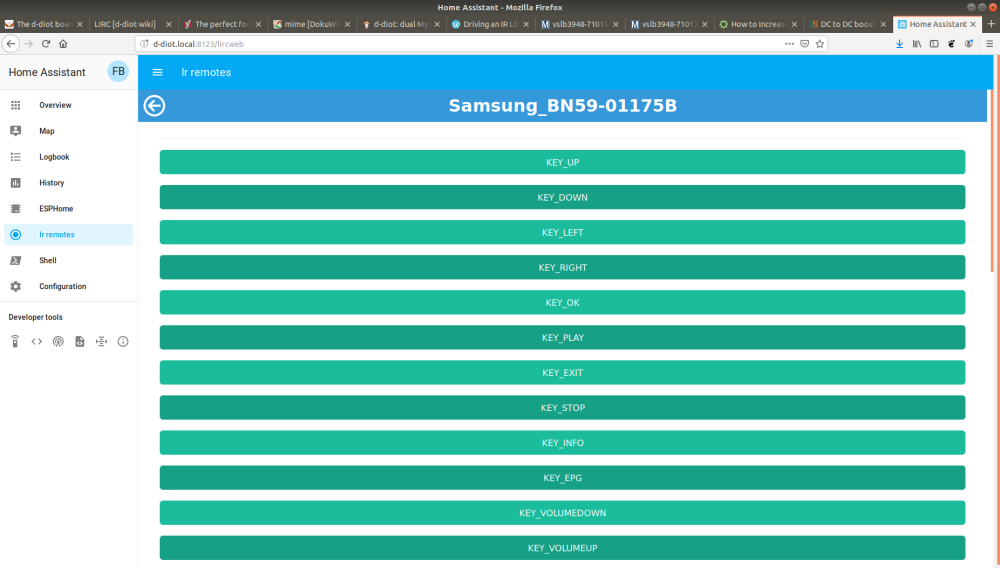@tbowmo Yes I know and I'm a big fan of the open source too, since I discovered and started using Linux (it was way back in 2006 :sweat_smile: ).
As a result, the d-diot project is open and free in all its own software parts: for example all the configuration steps, script (oled), hack, tips and tricks are documented in the manual installation section of the wiki.
Opening the hardware completely in this moment is not so easy as for the software part because, as said above, selling some boards is the only options that i see to keep the project sustainable and self-sufficient from an economical point of view (hosting cost, test new pcb, buy the hardware, etc...).
Of course opening the hardware could improve the development with the contributes of other people, so I don't exclude this possibility for the future; at the same time sharing some schematics parts is not so dangerous, so to answer to your question about the step-up voltage regulator MT3608, see below:
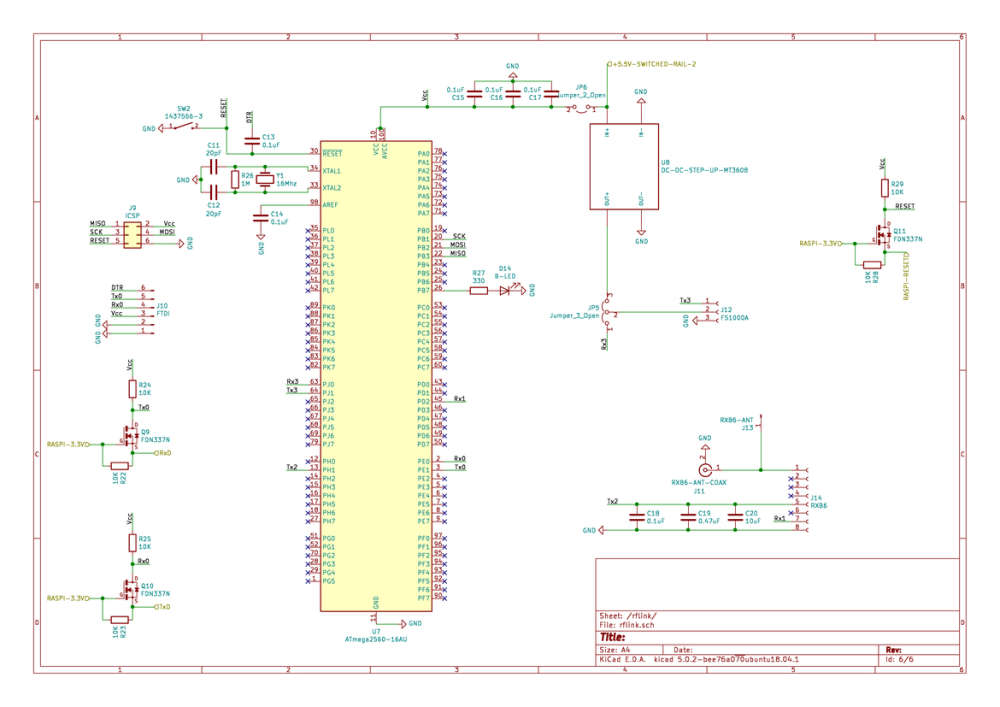
The scope of the MT3608 is to power the FS1000A radio module (433 MHz transmitter) at 10-12V, to increase the range of the signal. The MT3608 is not strictly necessary because you can power the FS1000A with the RX3 PIN of the ATMega2560, bridging pin 1 and 2 of the jumper 5 (JP5). All is explained here.
The step-down MP1584 must be set to 1.5V if it is used to power one or more 940 nm IR LED (3W - 700 mA). The details are here, below the schematic:
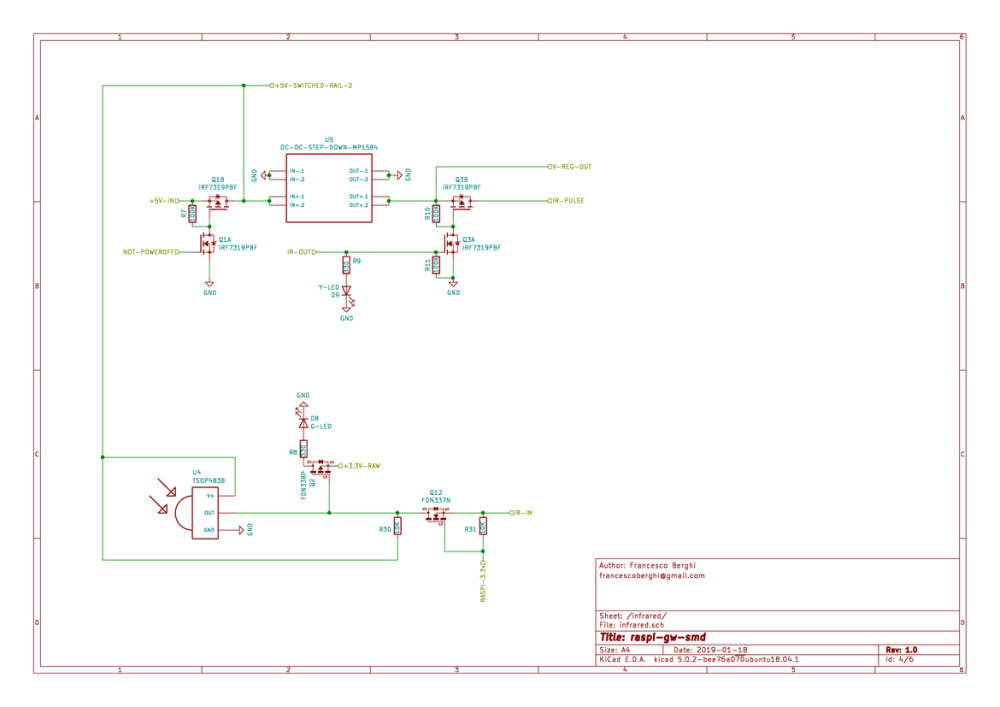
The ir-pulse rail is connected to the pin 2 (+) of the J4 connector and to the D- pin of the USB port. A single IR LED is connected to the J4 connector, but if you want to increase the coverage of the IR signal you can connect 2 or 3 additional LED with the USB port. Please note that the MP1584 is rated at 3A.
The V-REG-OUT rail is connected to the D+ pin of the USB port.
Regarding the power rails, 5V is the main voltage provided by the power supply (+5V-IN in the schematics), while for the 3.3V there are 3 different lines, to not overload the voltage regulator of the Raspberry Pi:
-
Line 1: provided by U2 (AMS1117 and its caps) and dedicated to power only the NRF24L01. In this way we have a voltage as smooth and stable as possible, to avoid problems with sensitive radio module.
-
Line 2 (RAW): provided by U6 (AMS1117 and its caps) to power the radio activity and power status LEDs
-
Line 3: provided by Raspberry Pi GPIO and used to power the RFM69 radio module.
